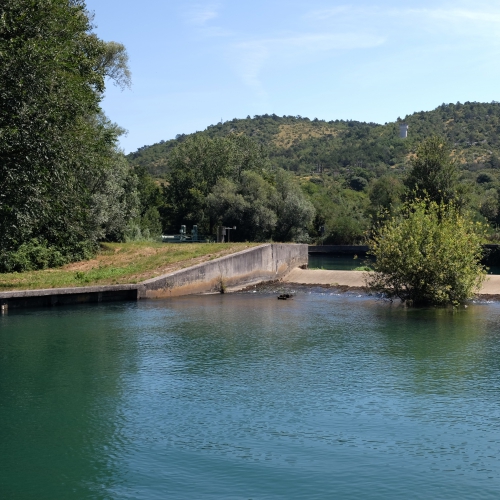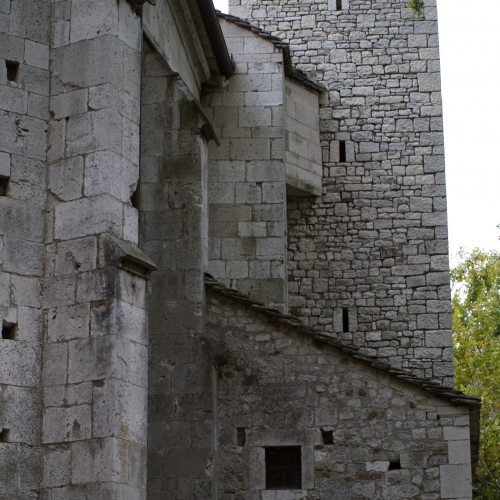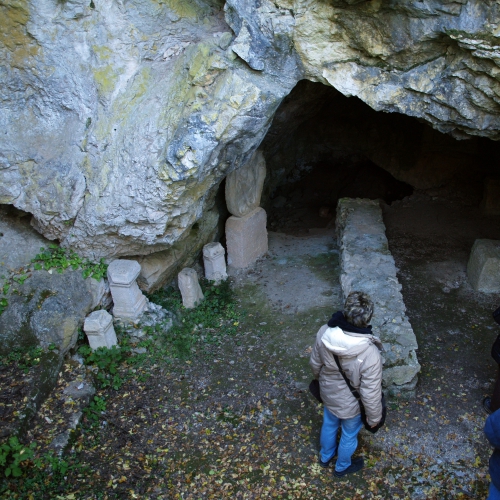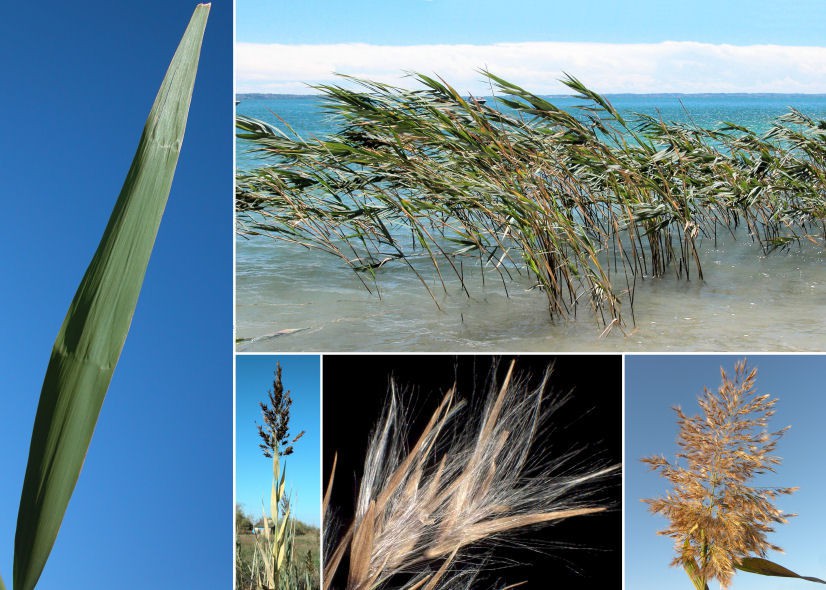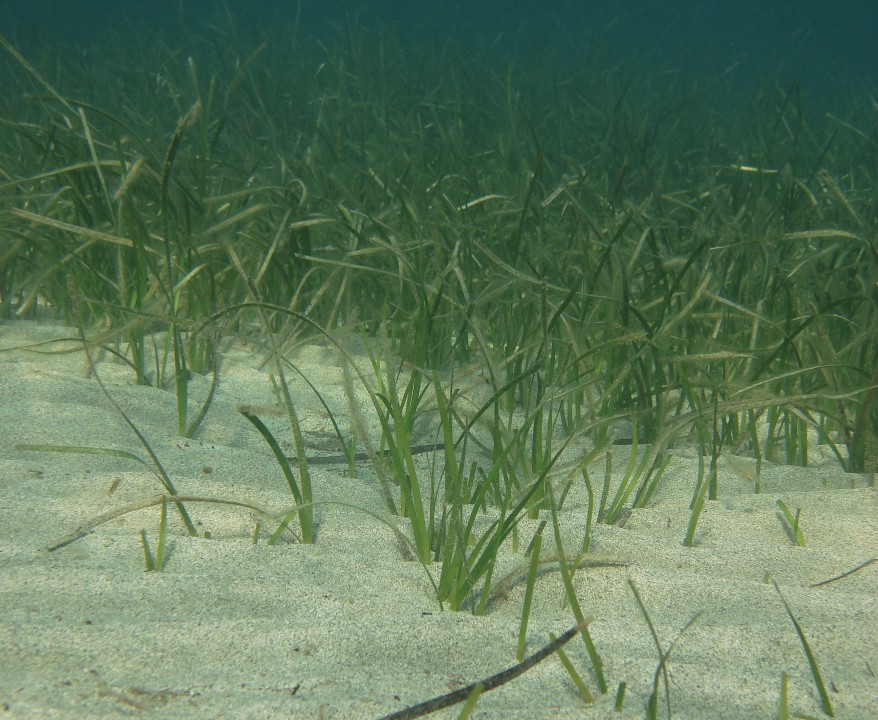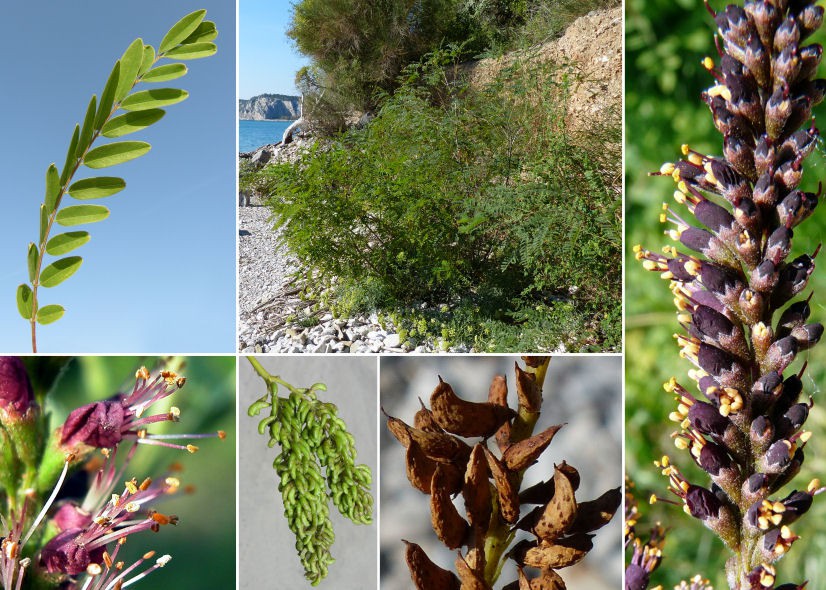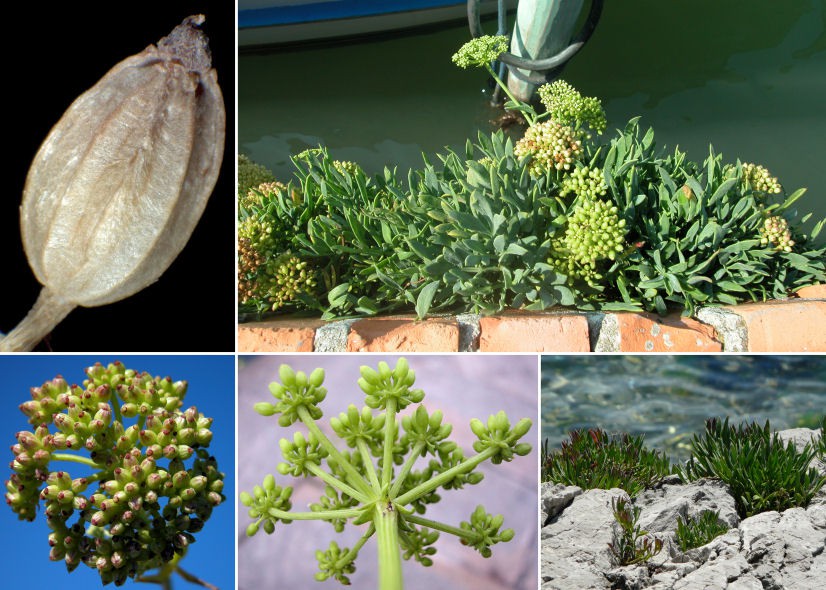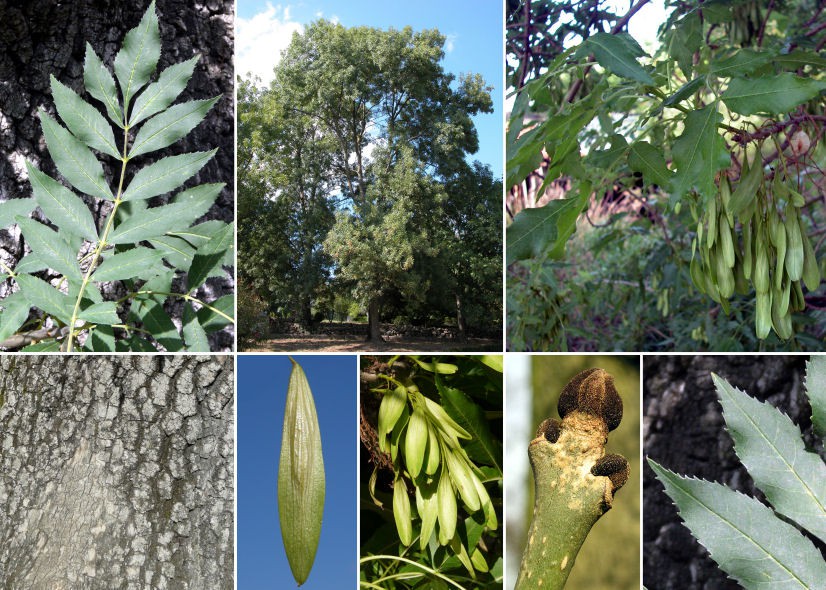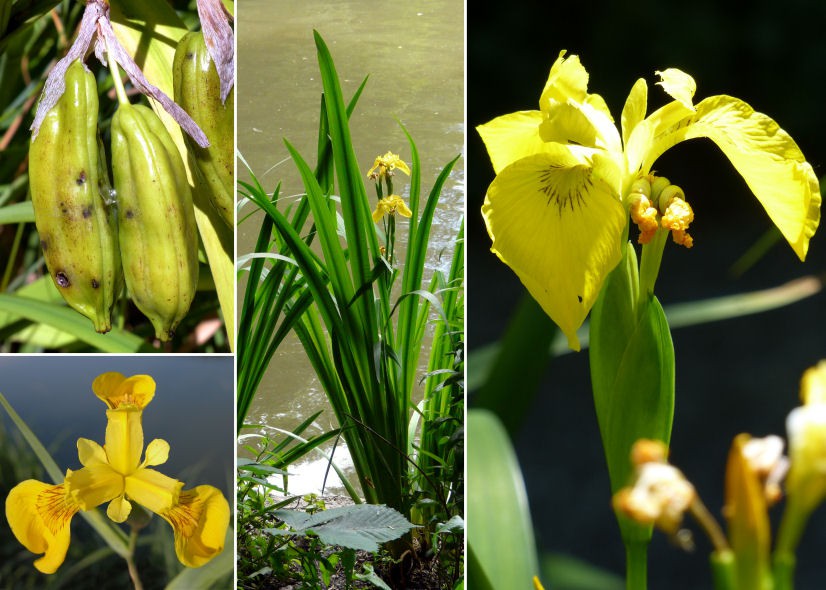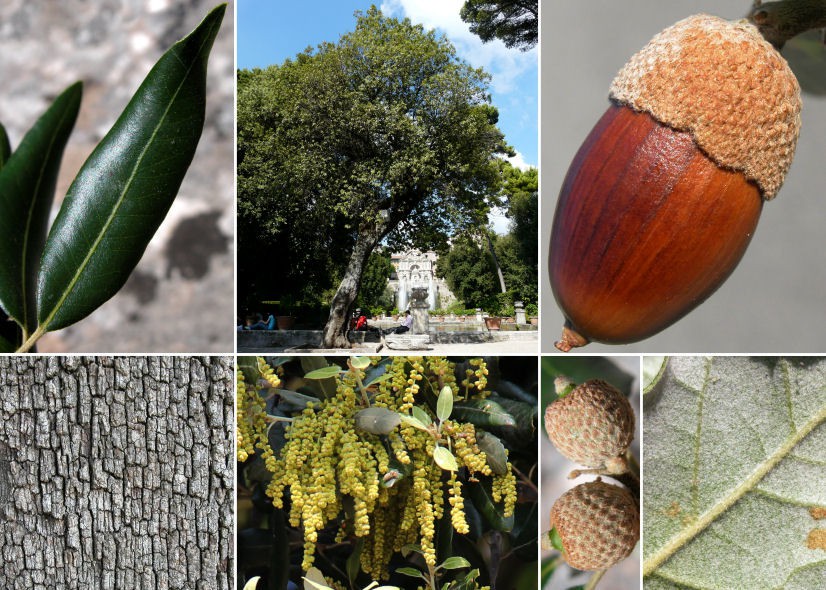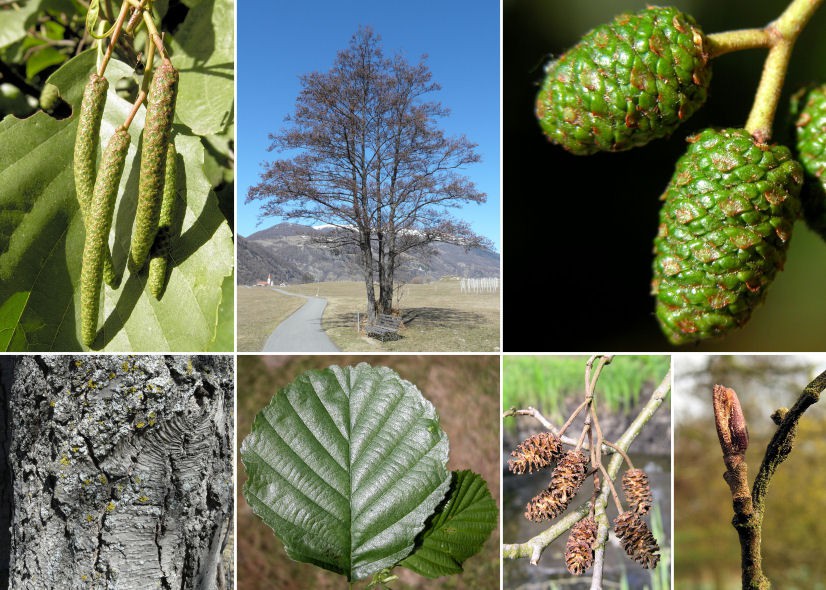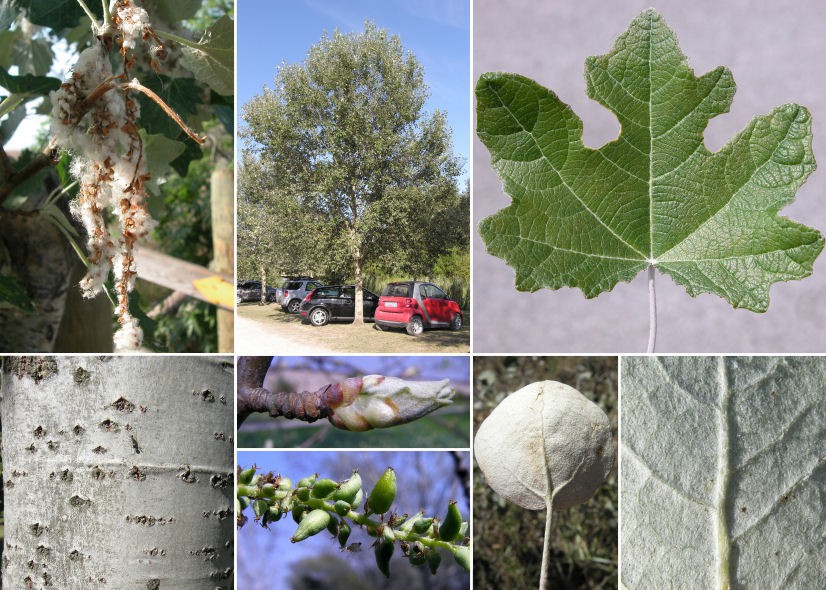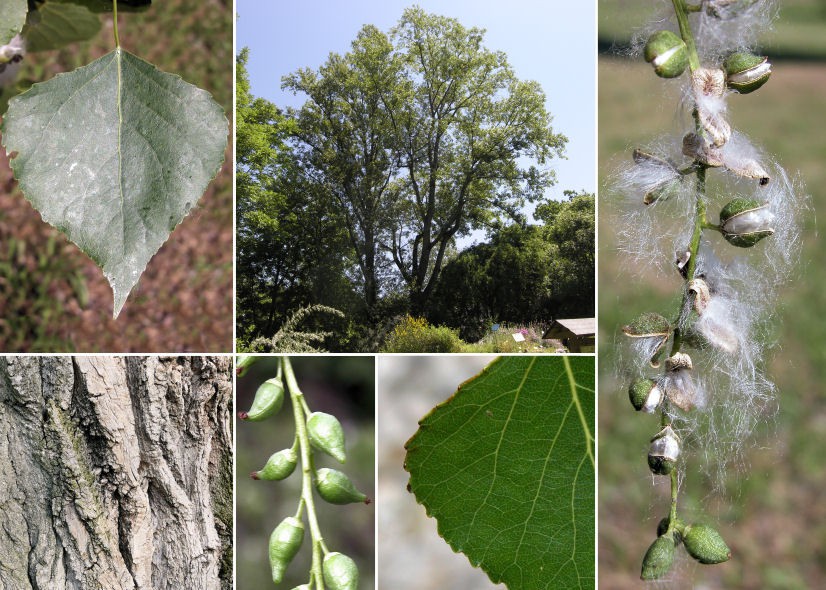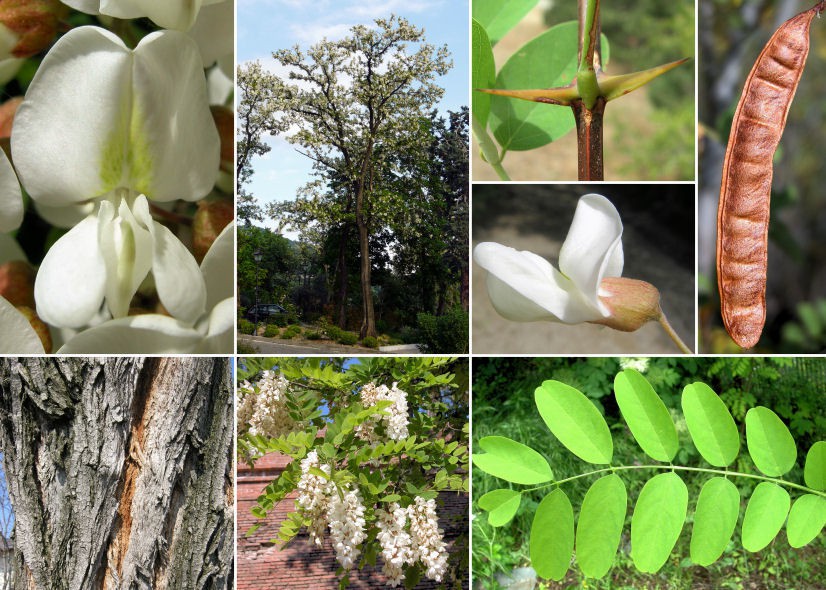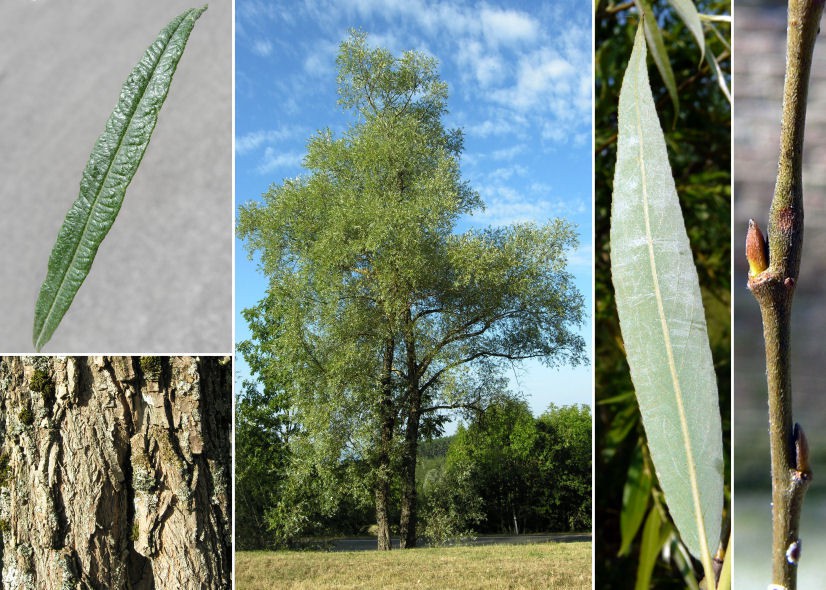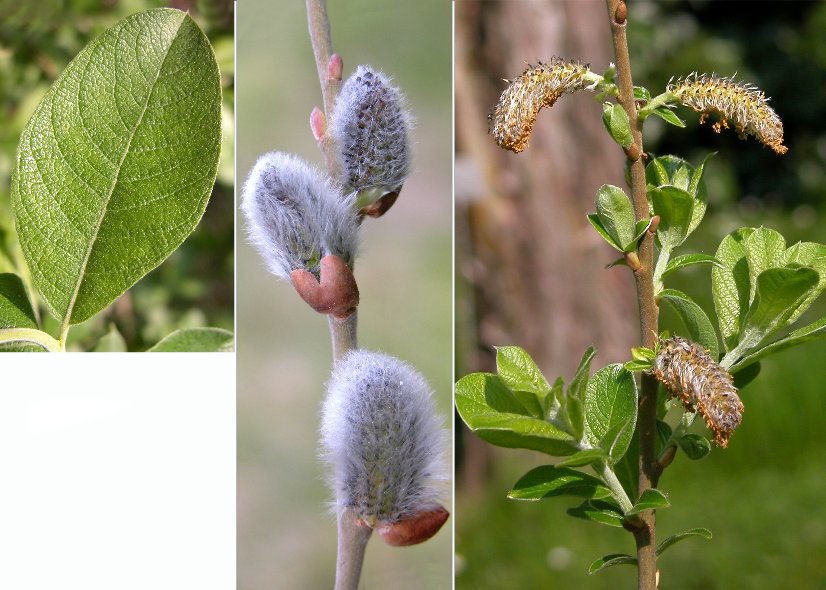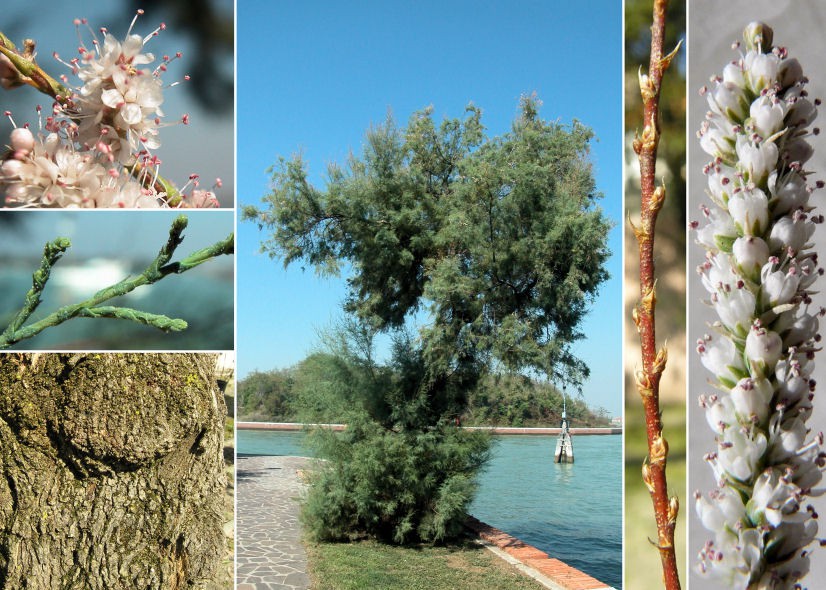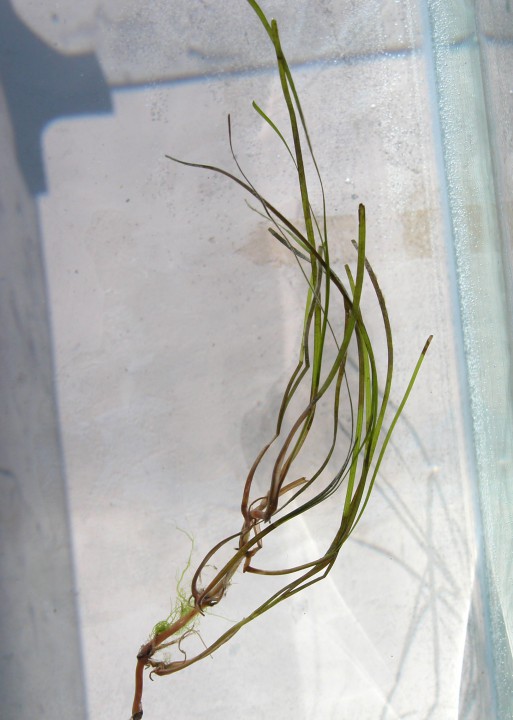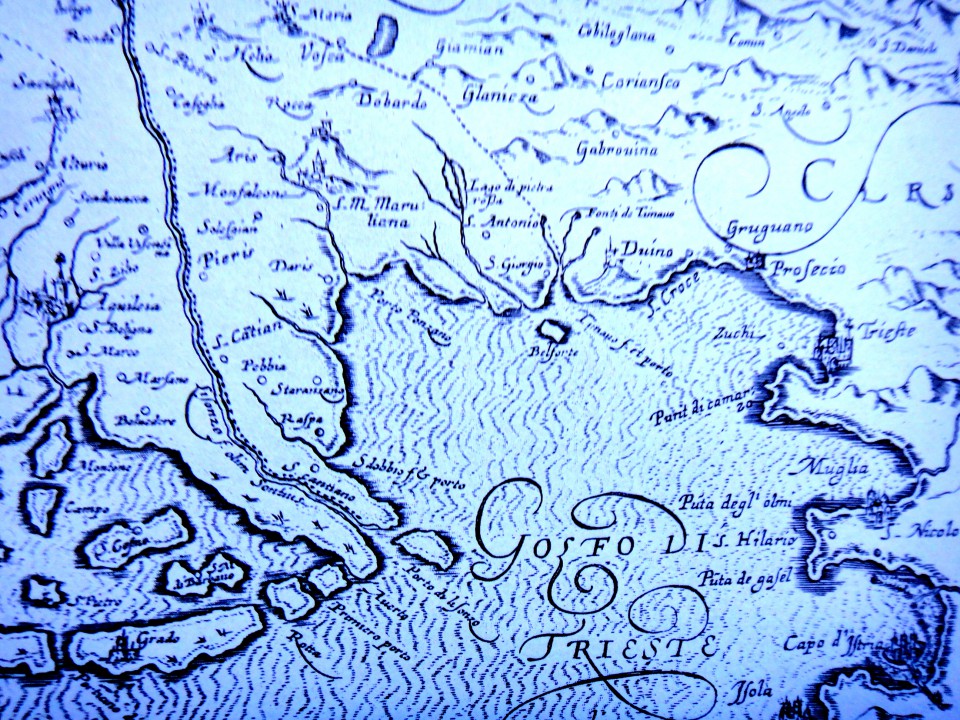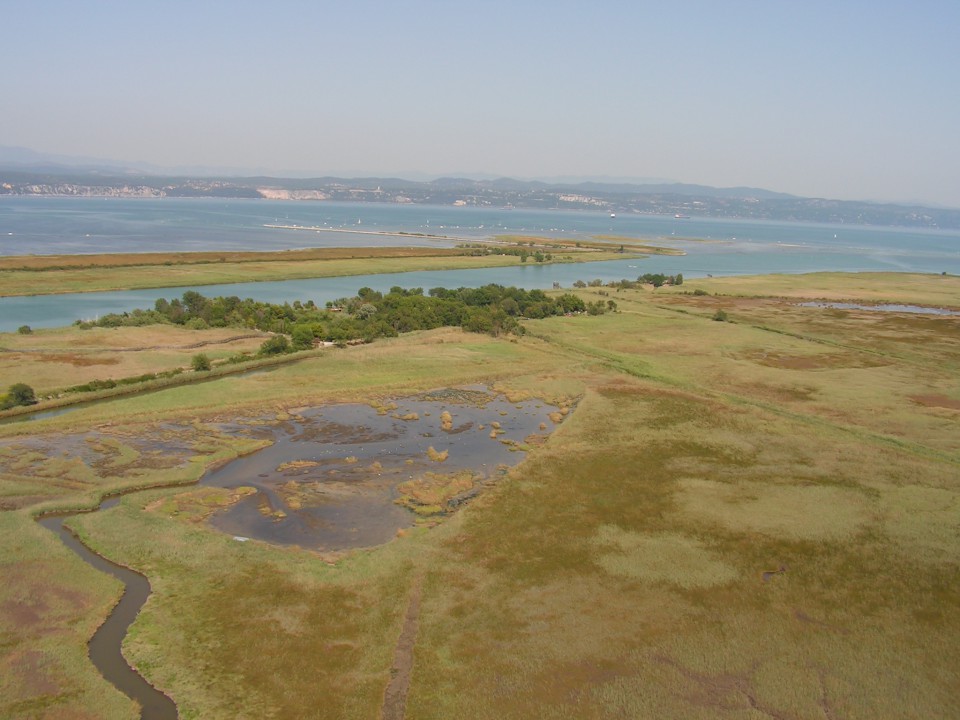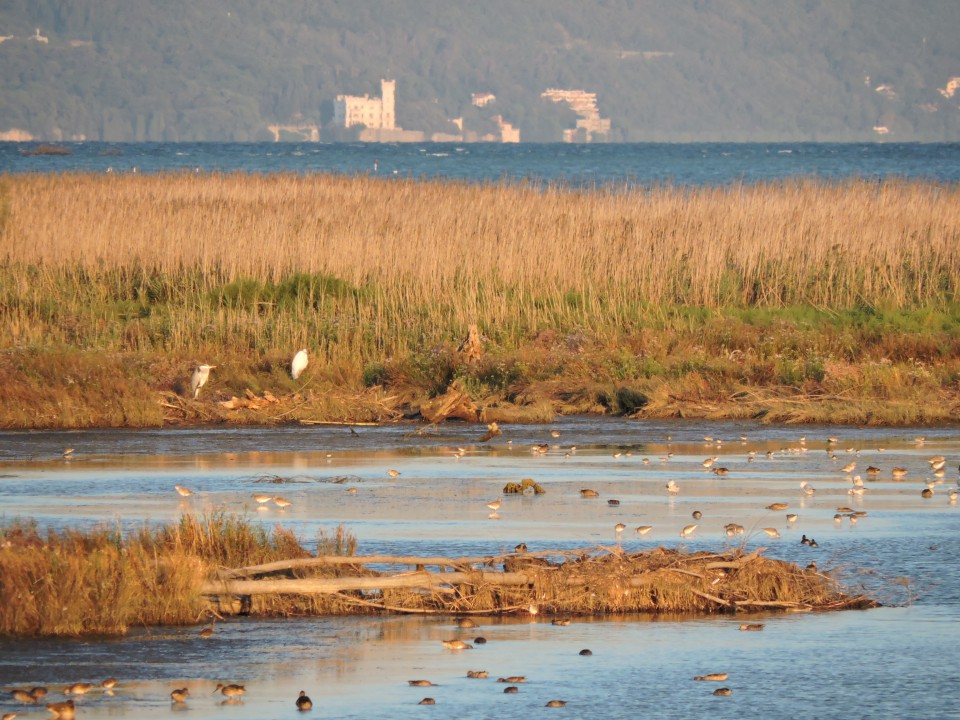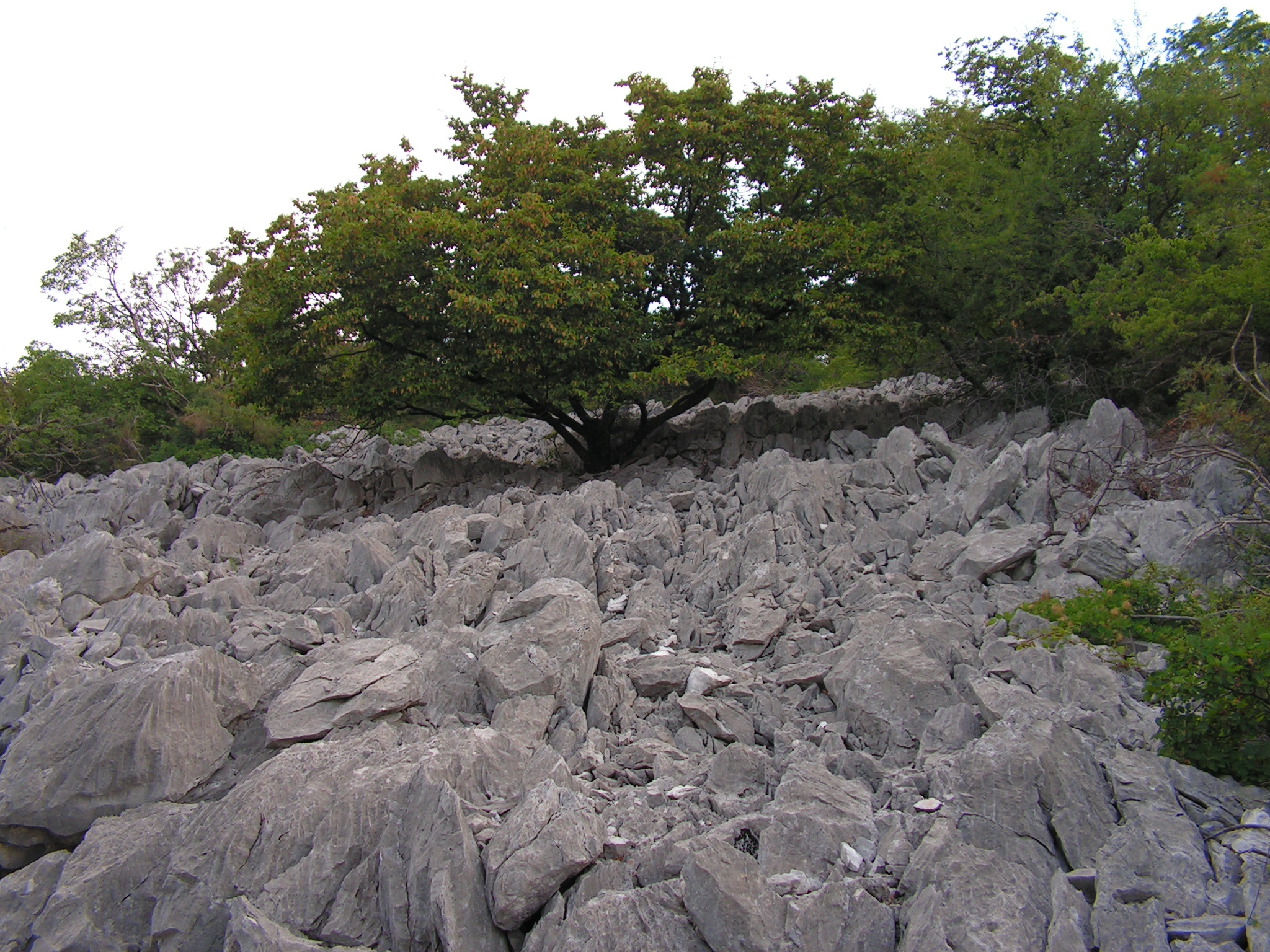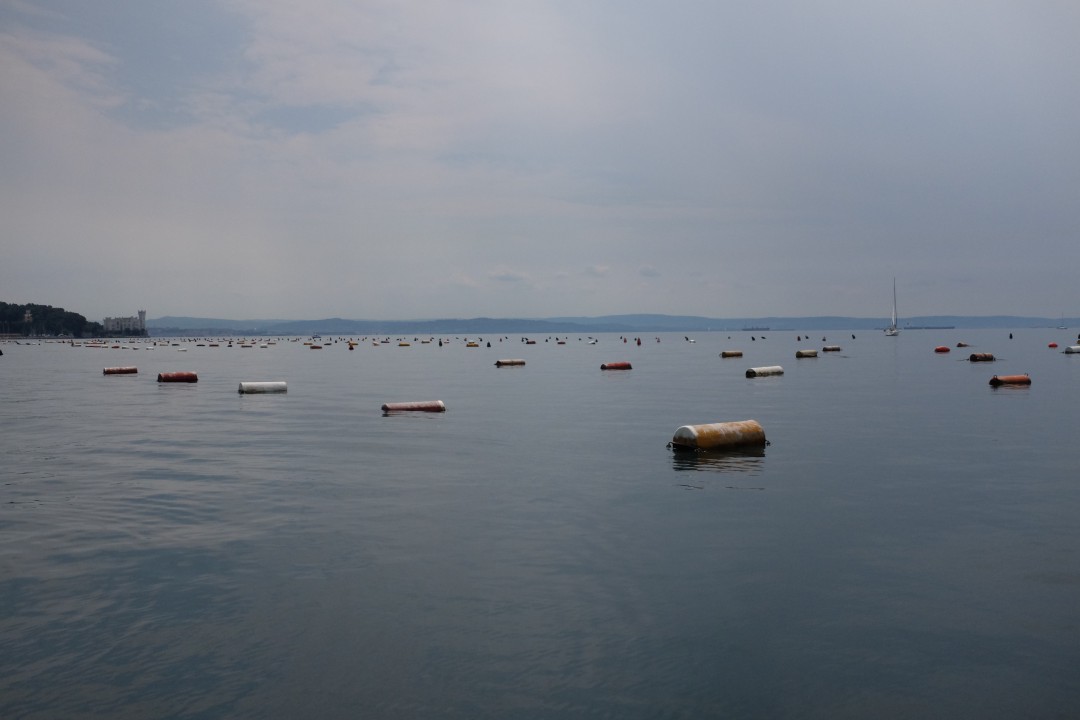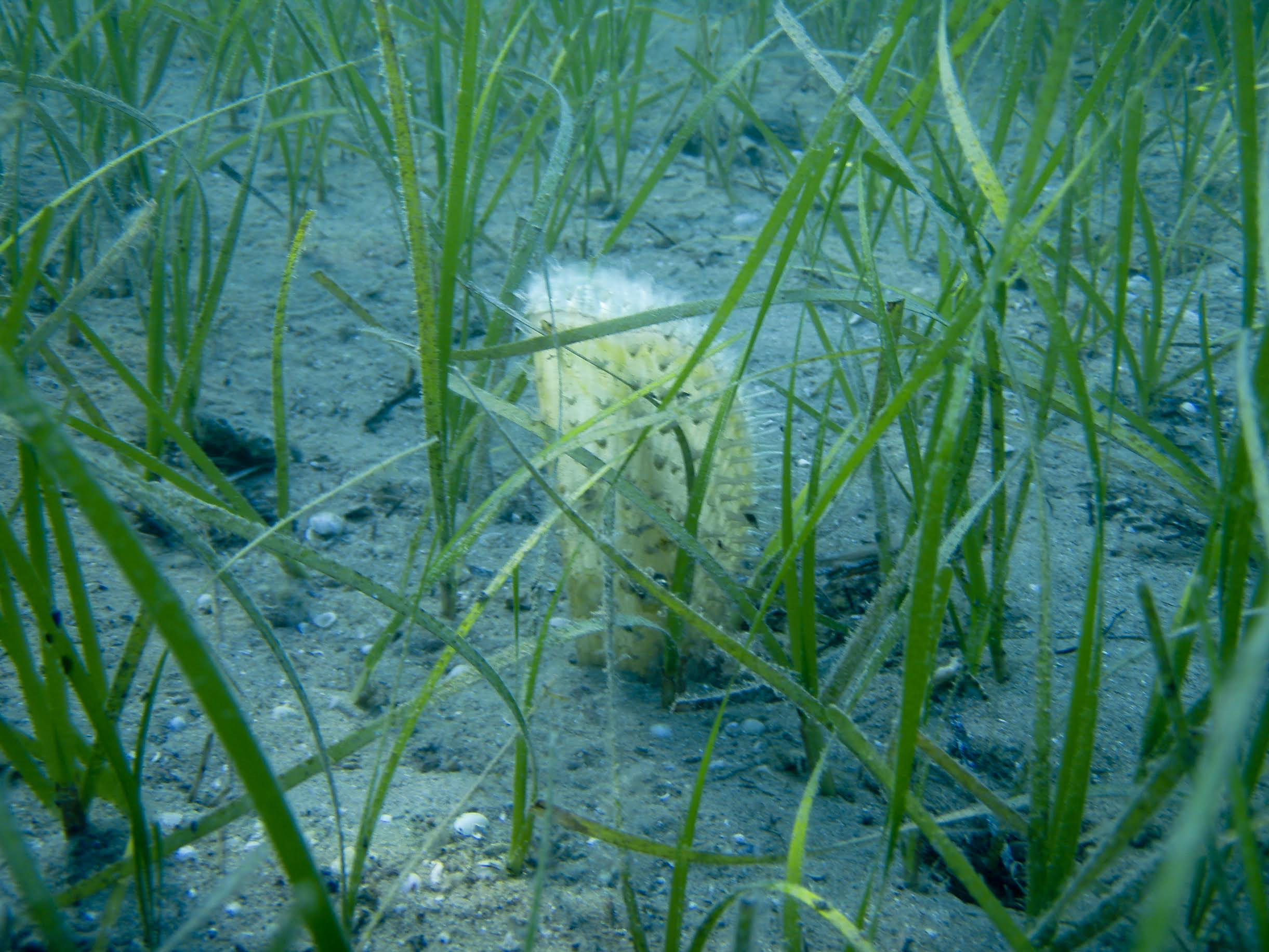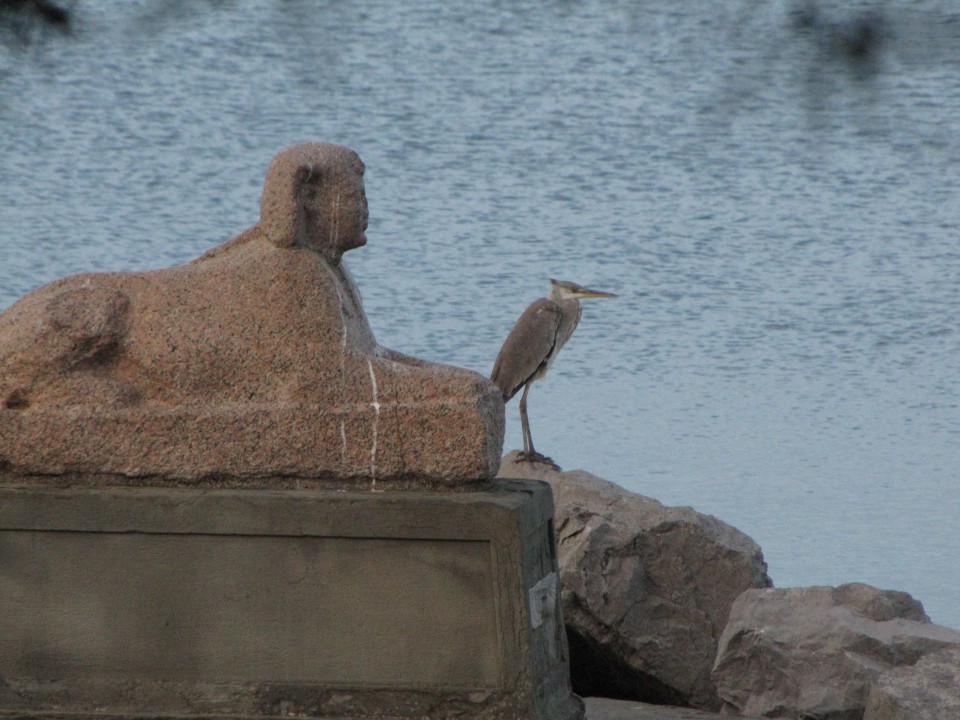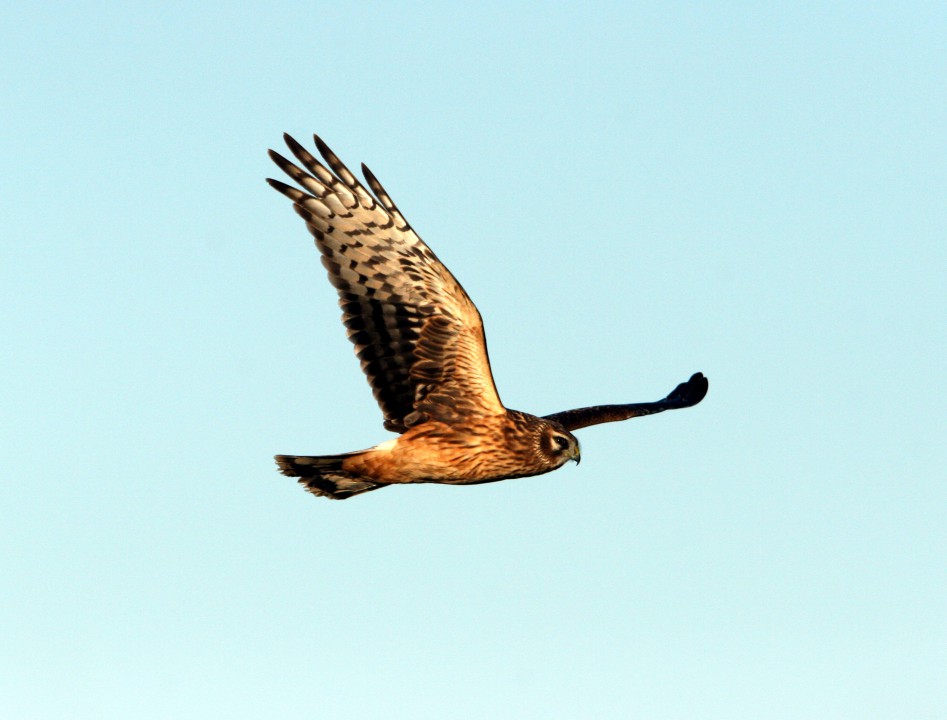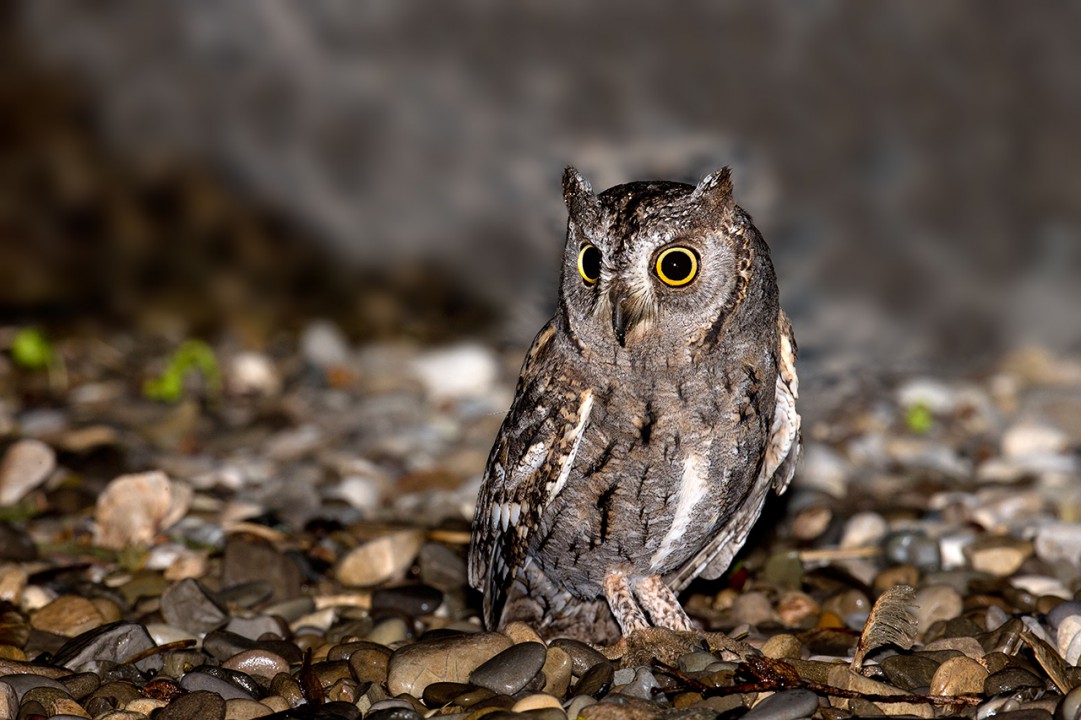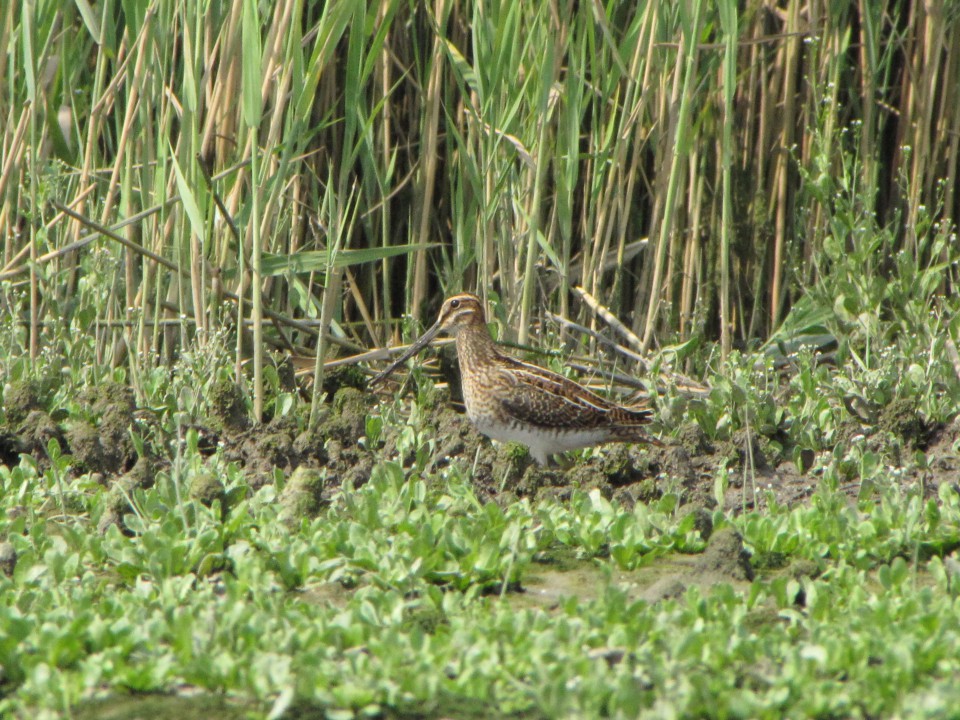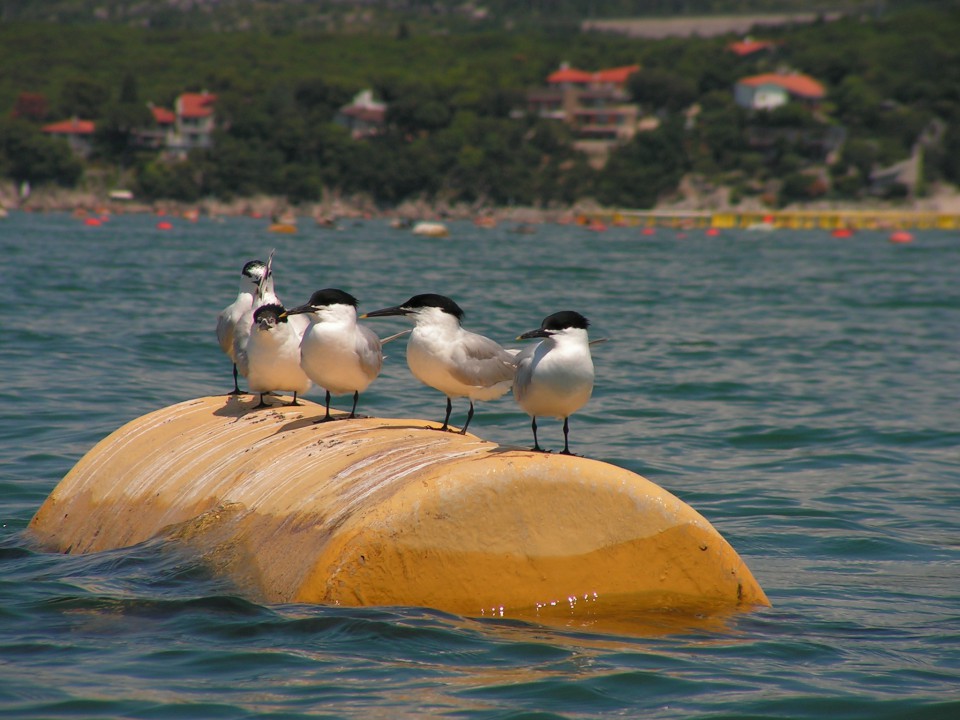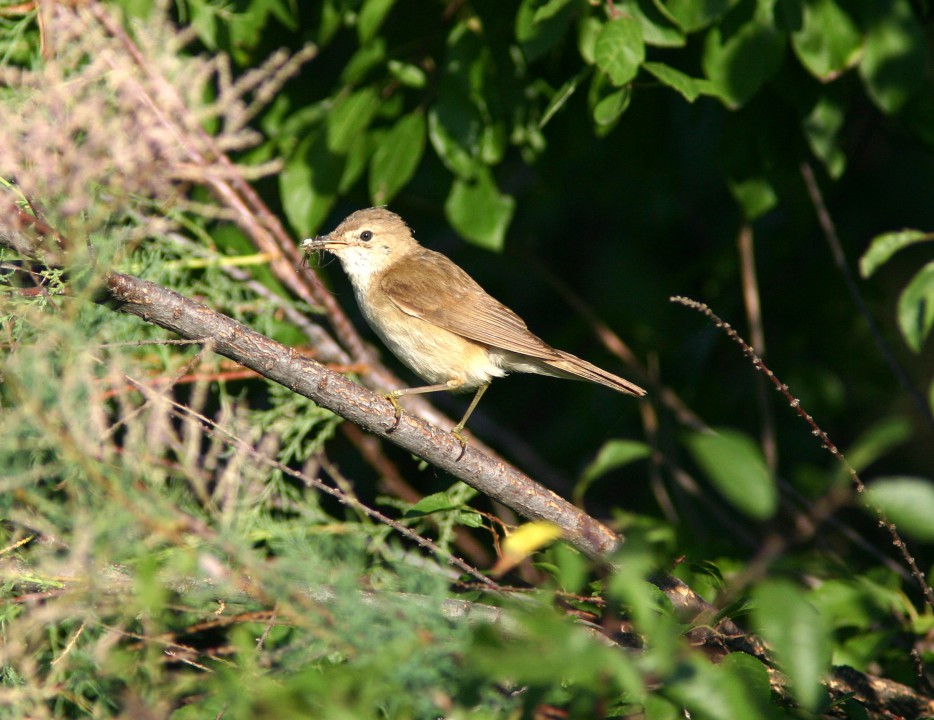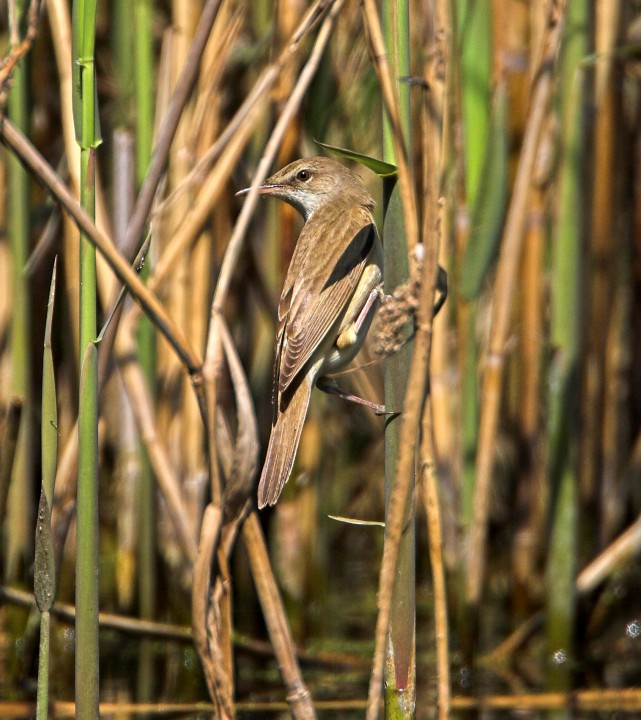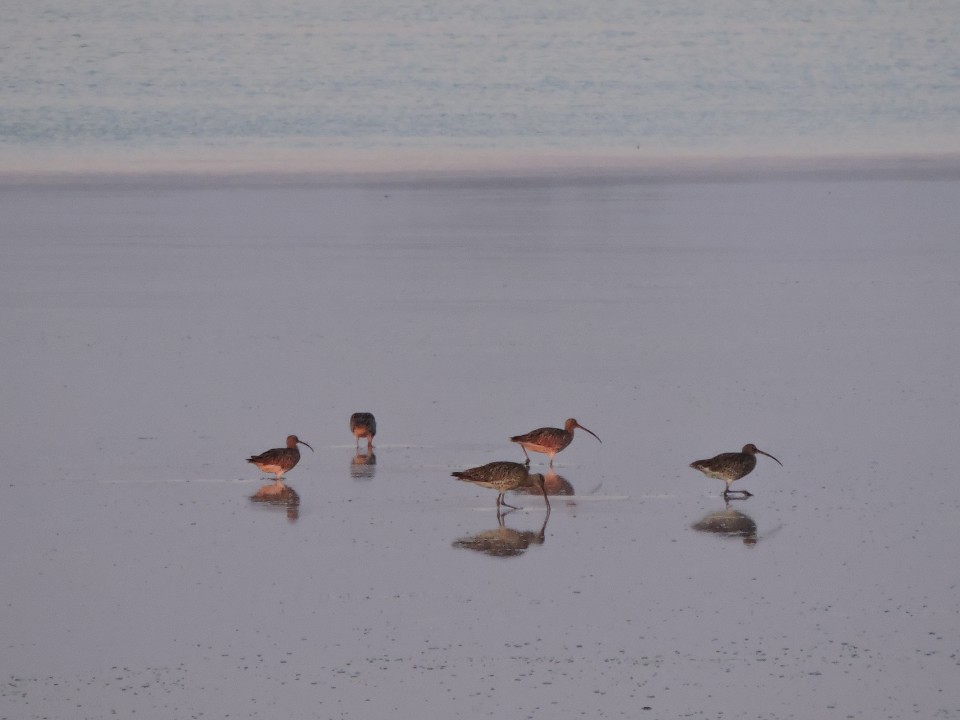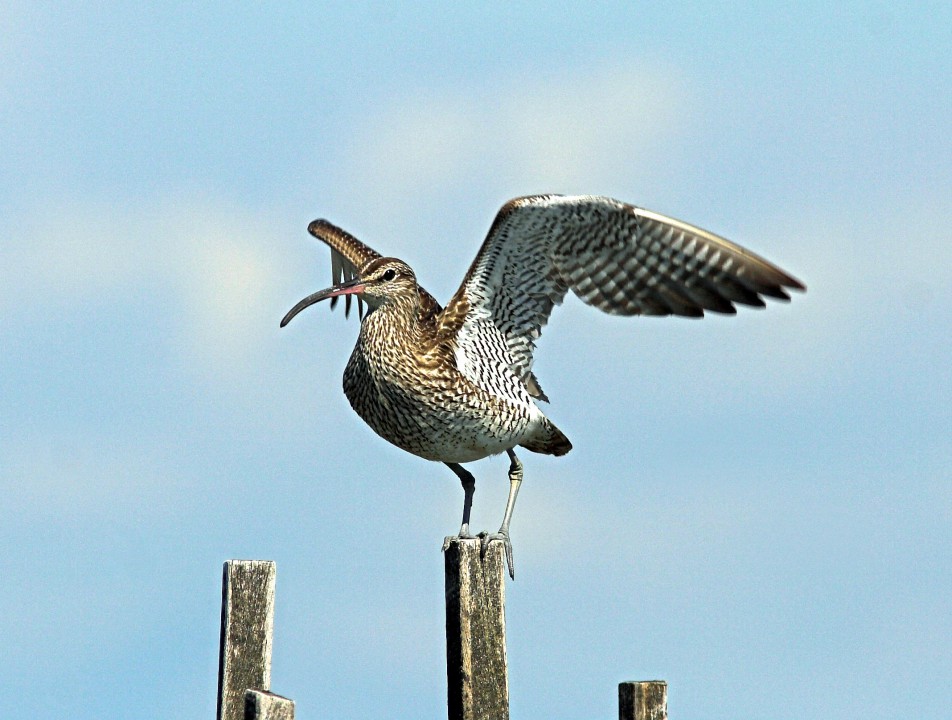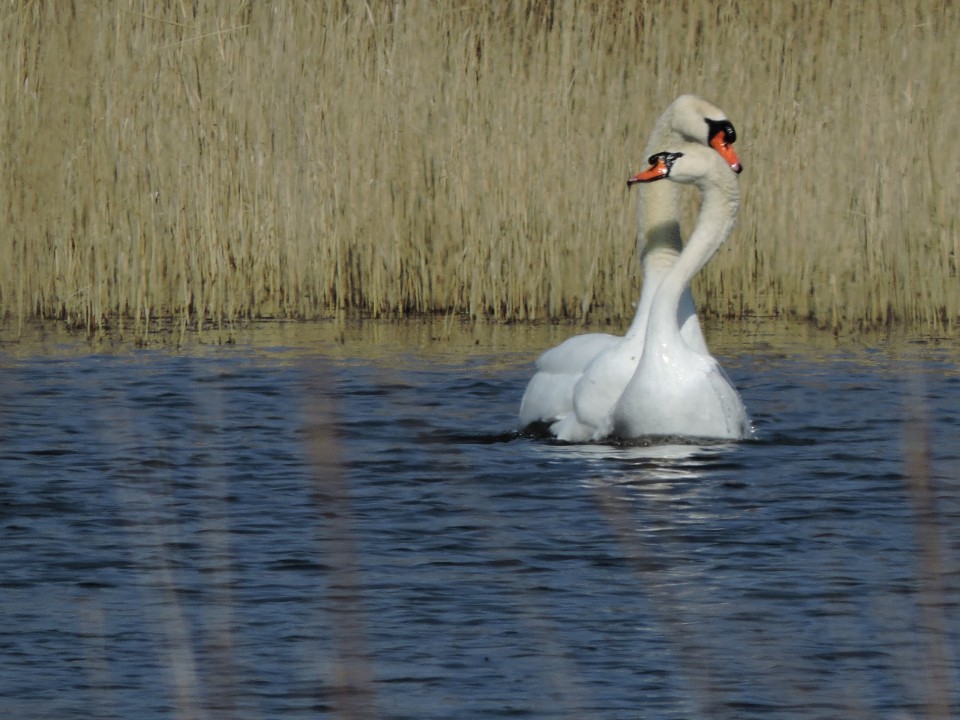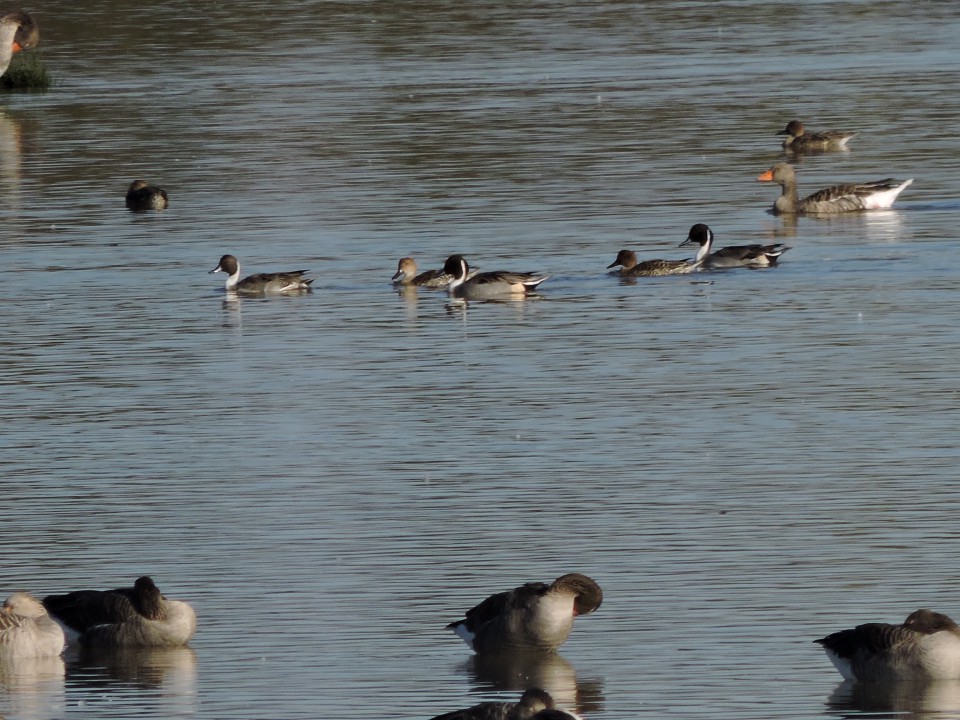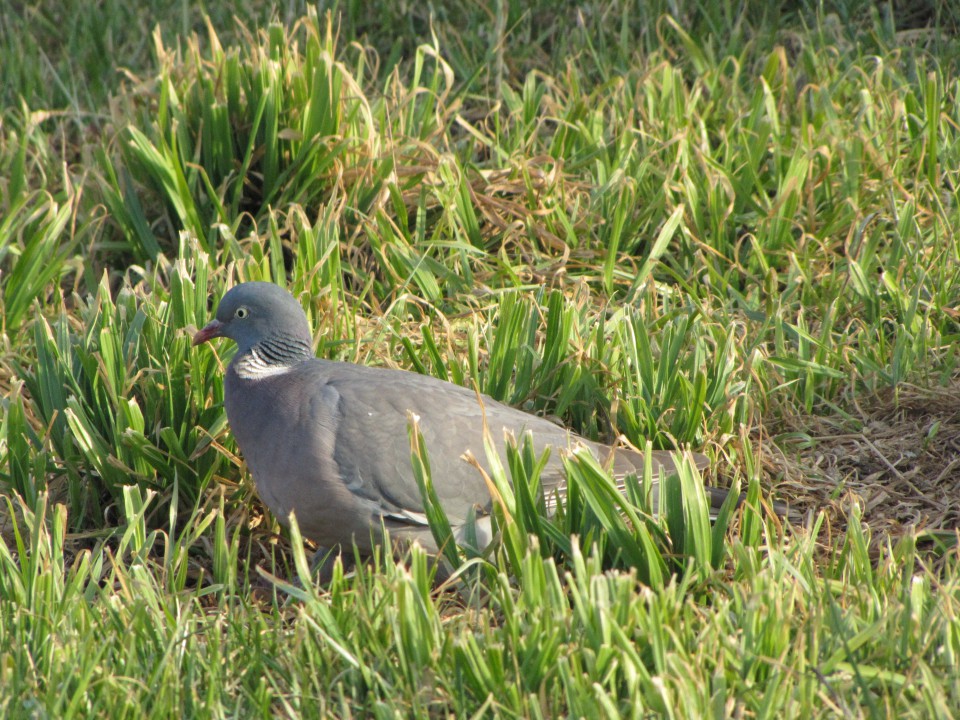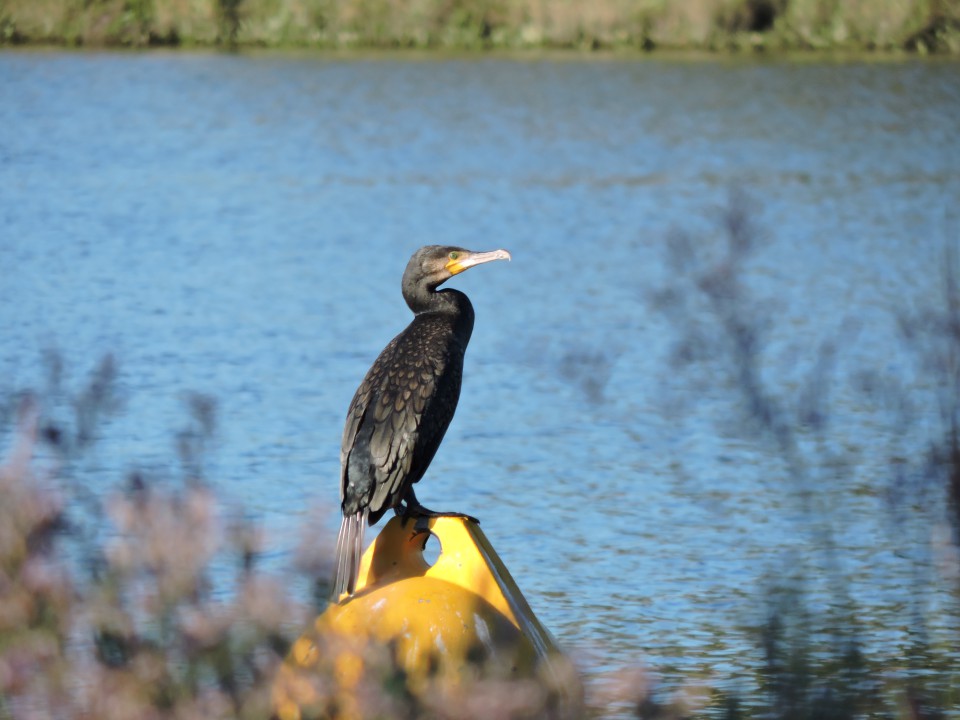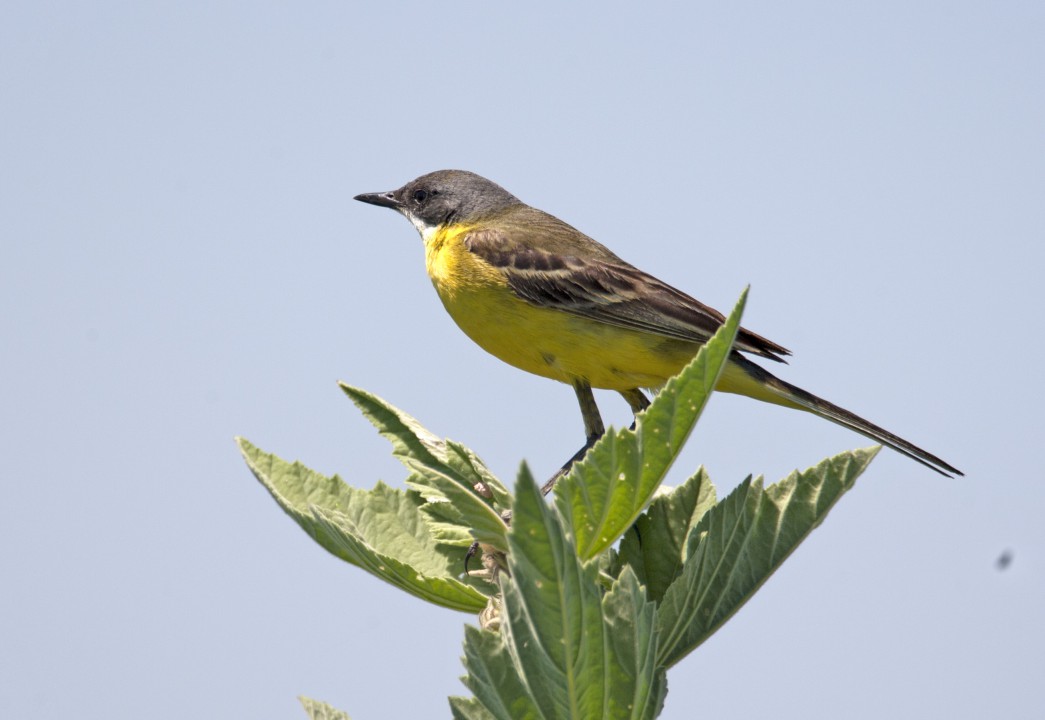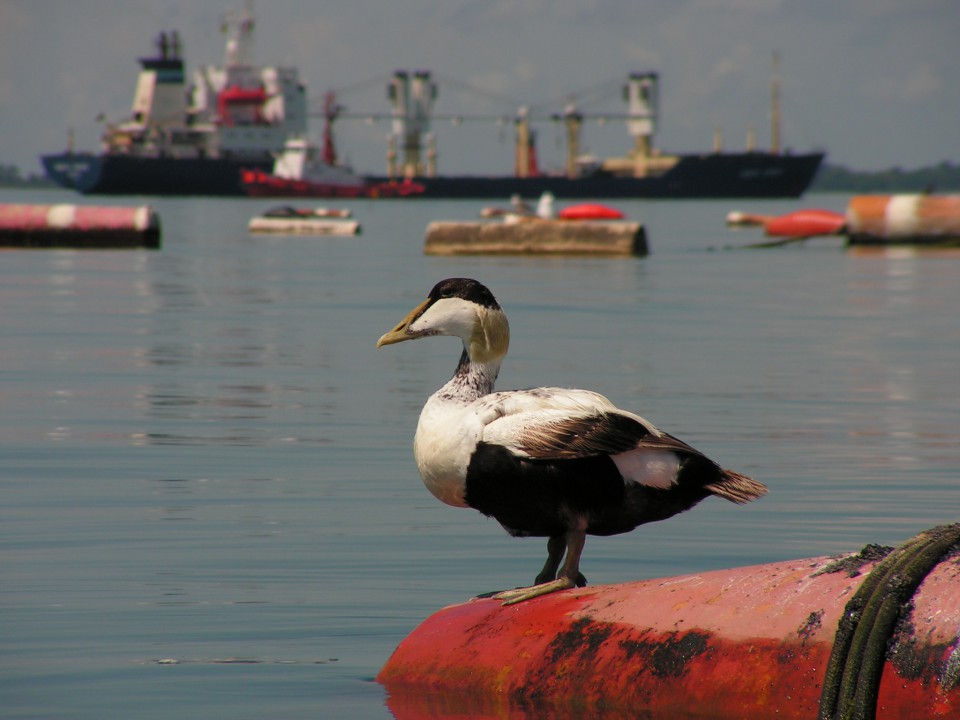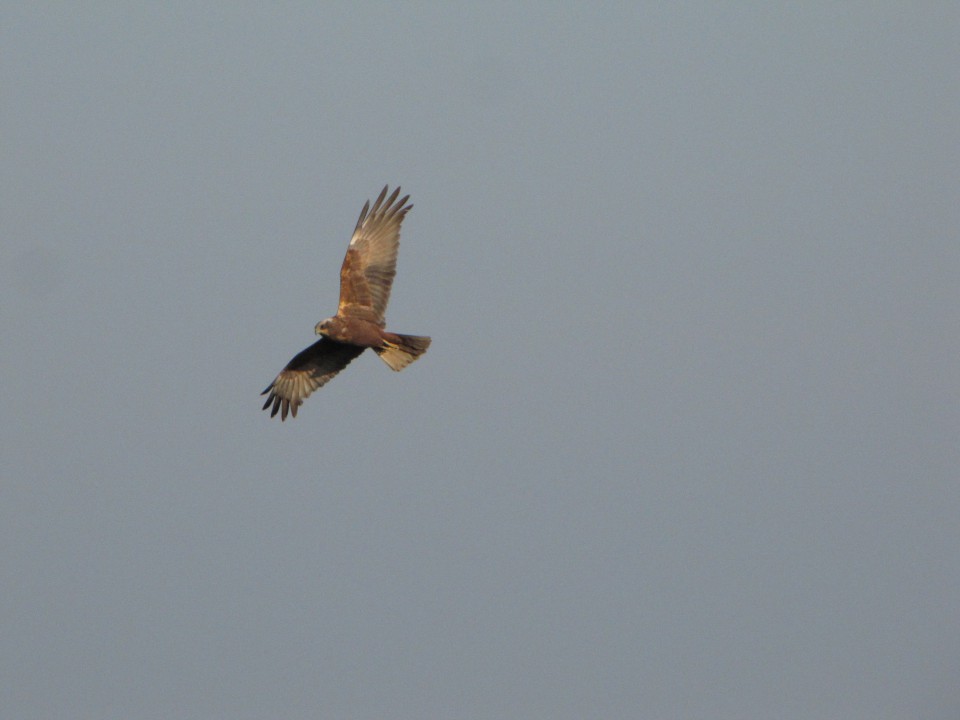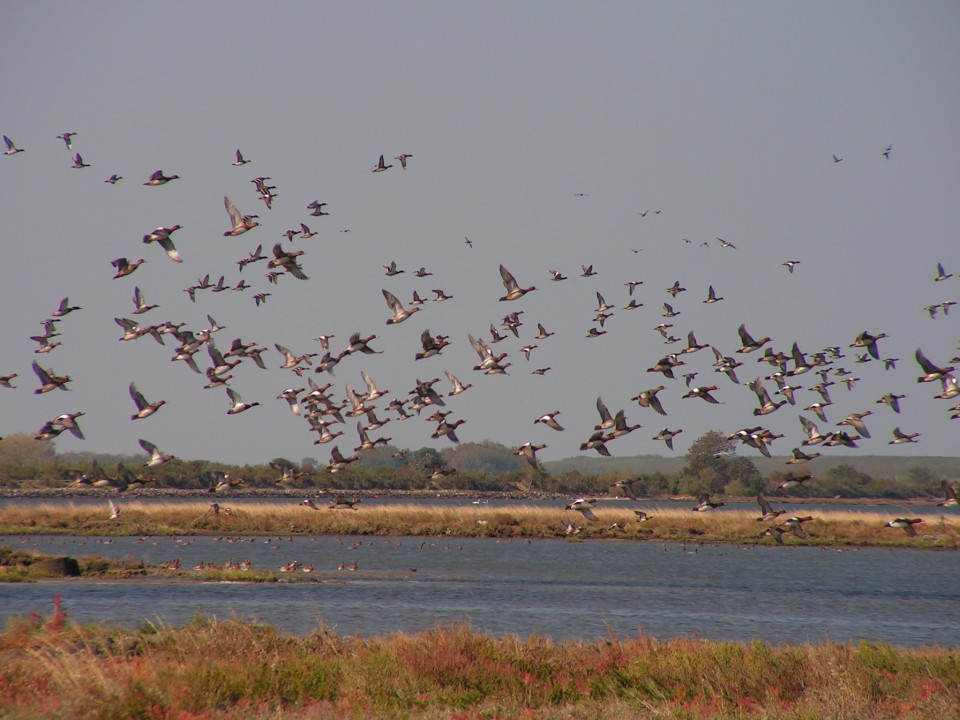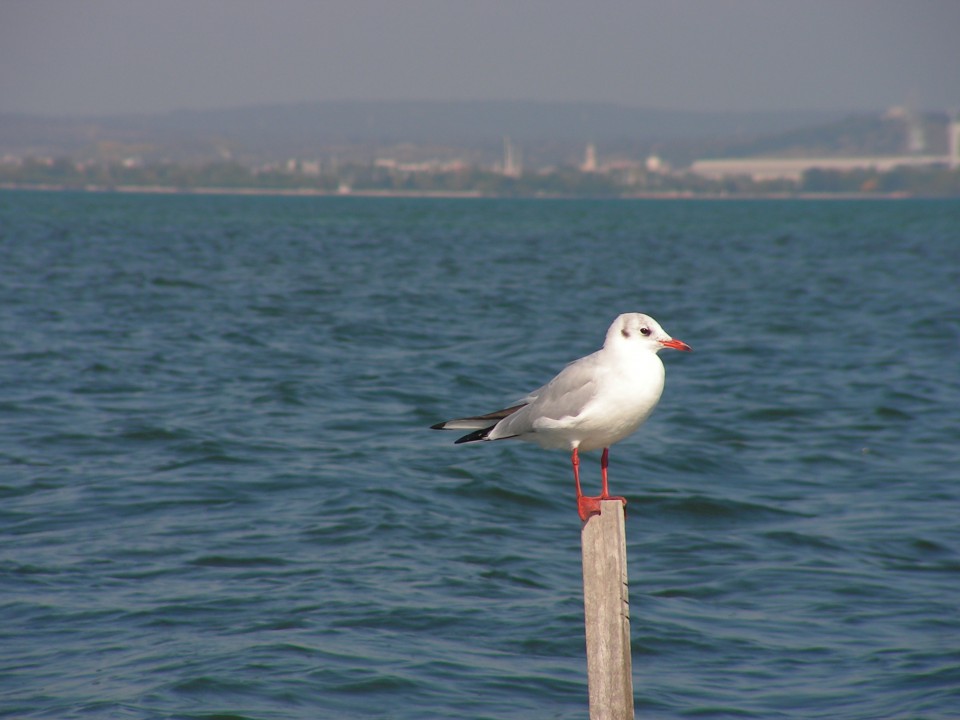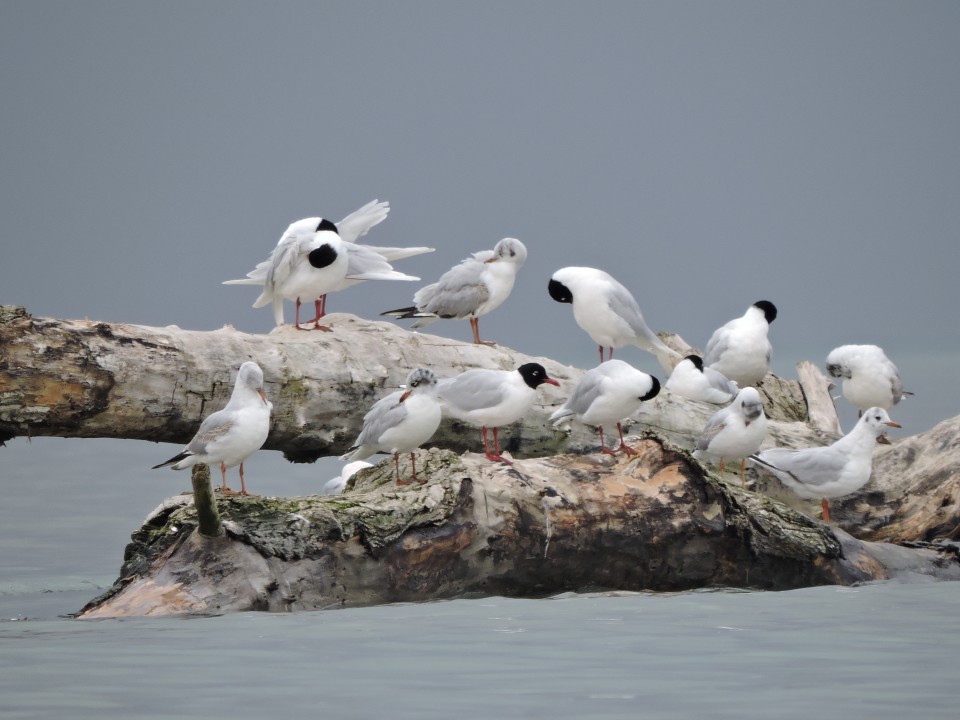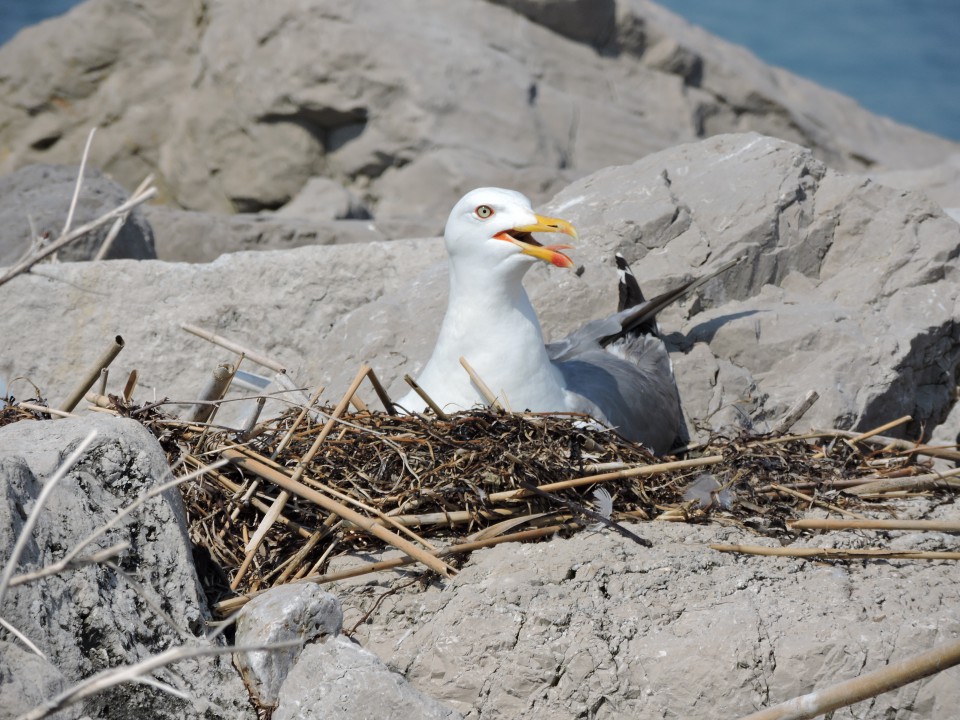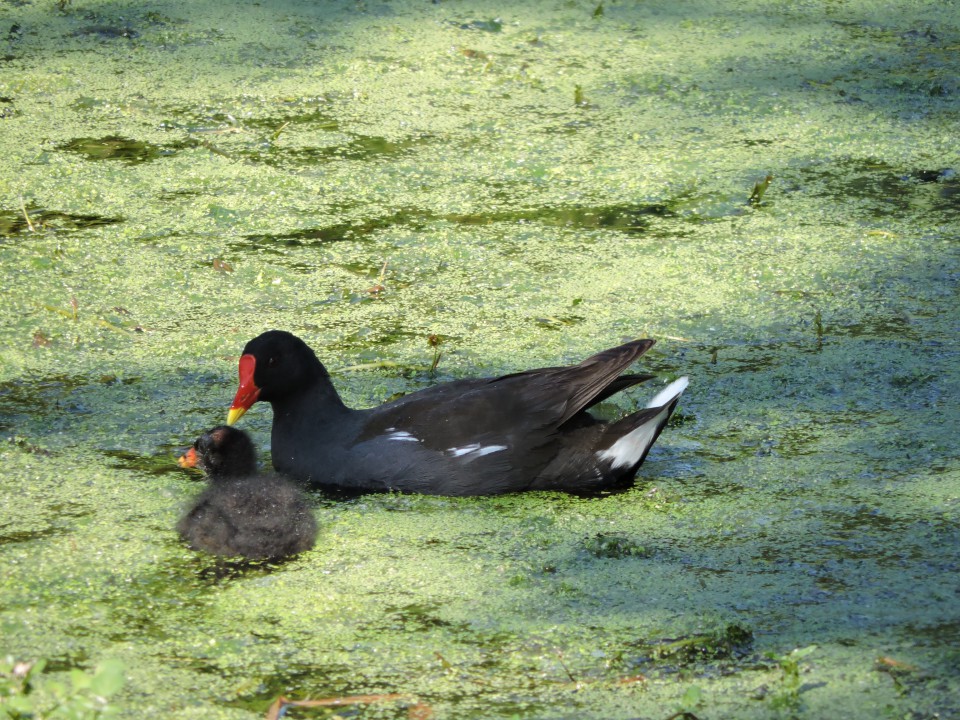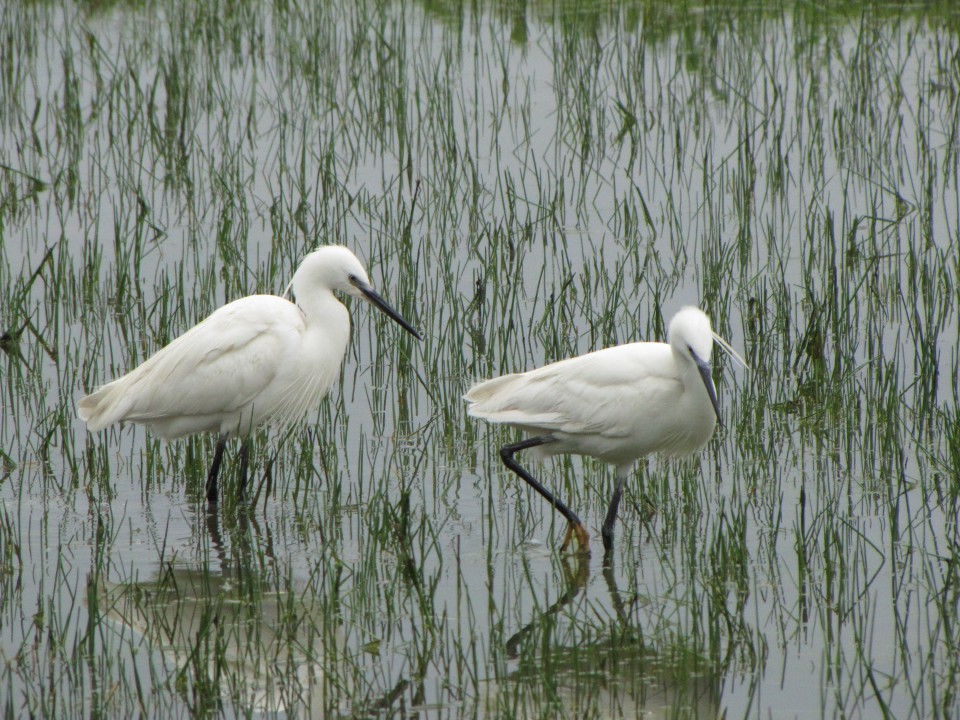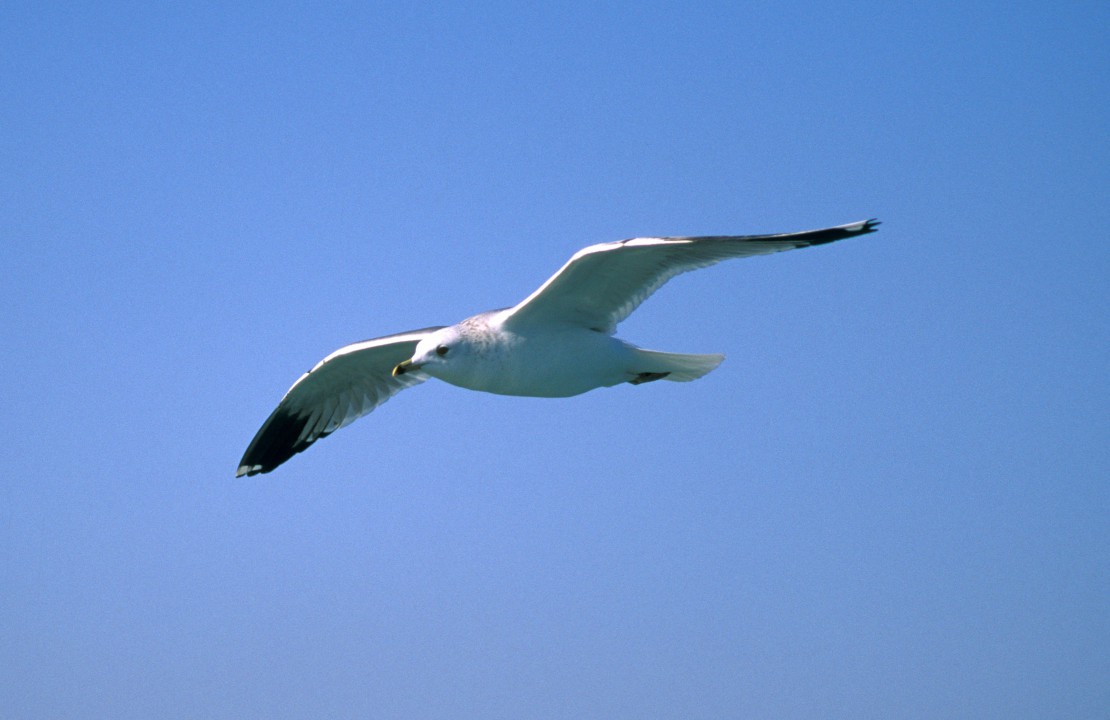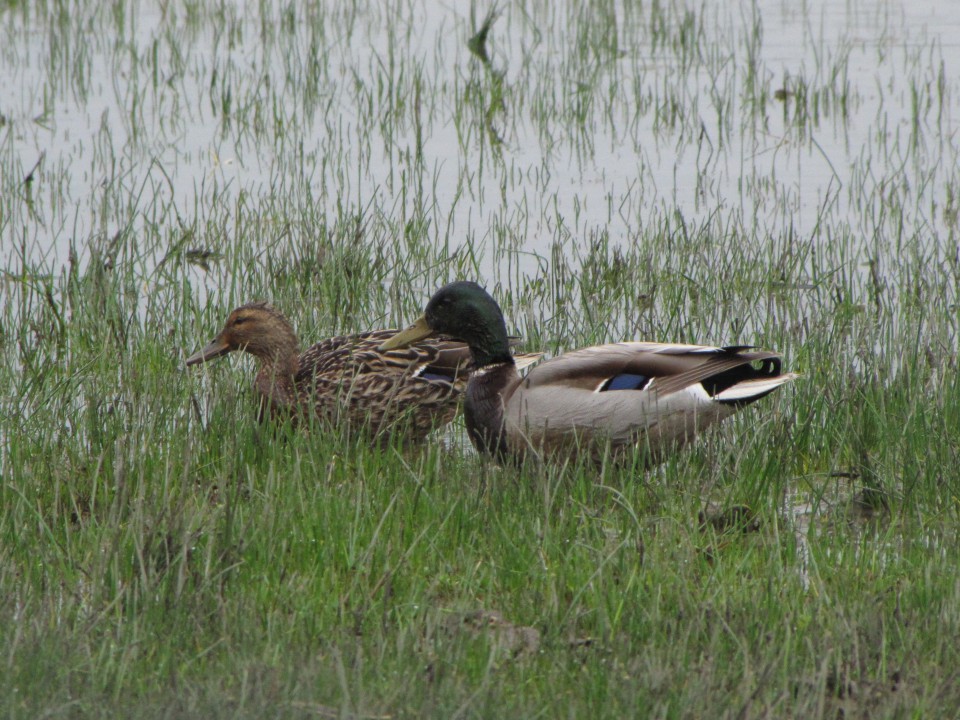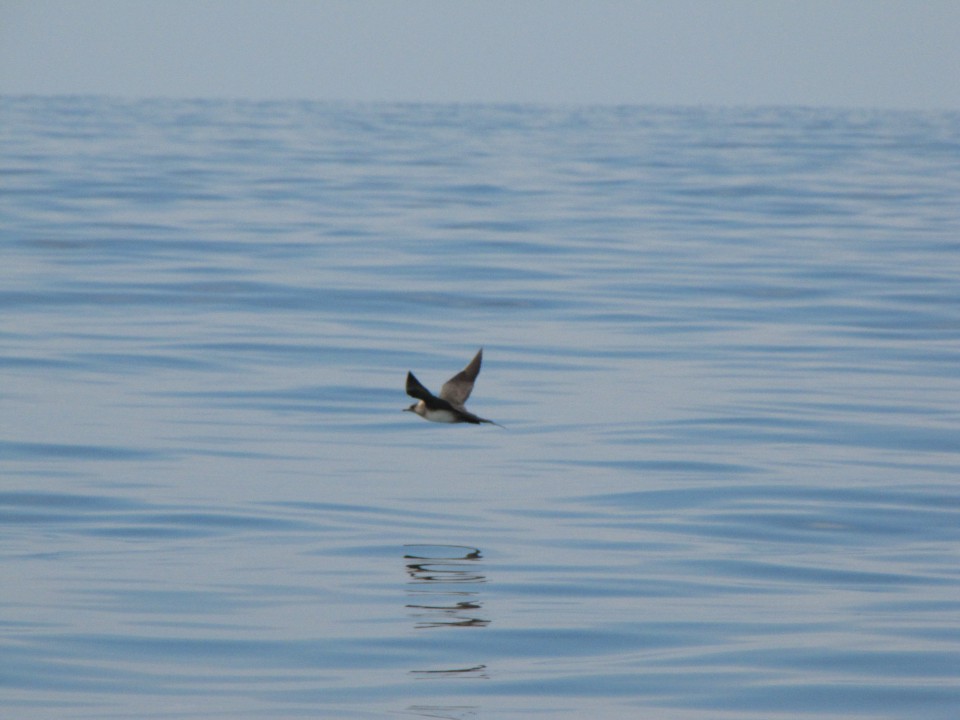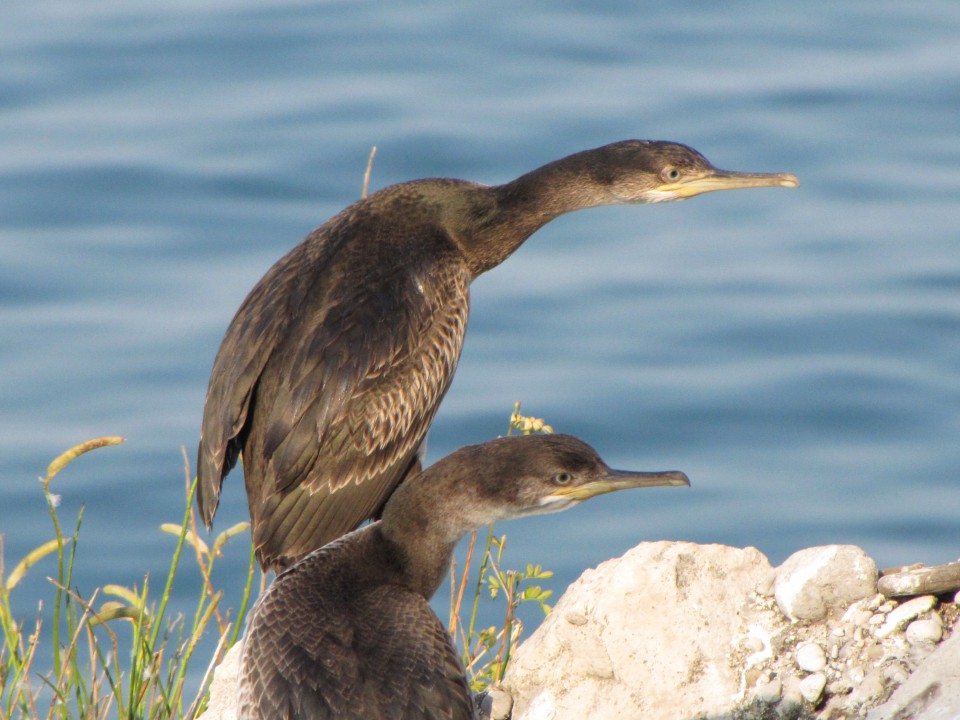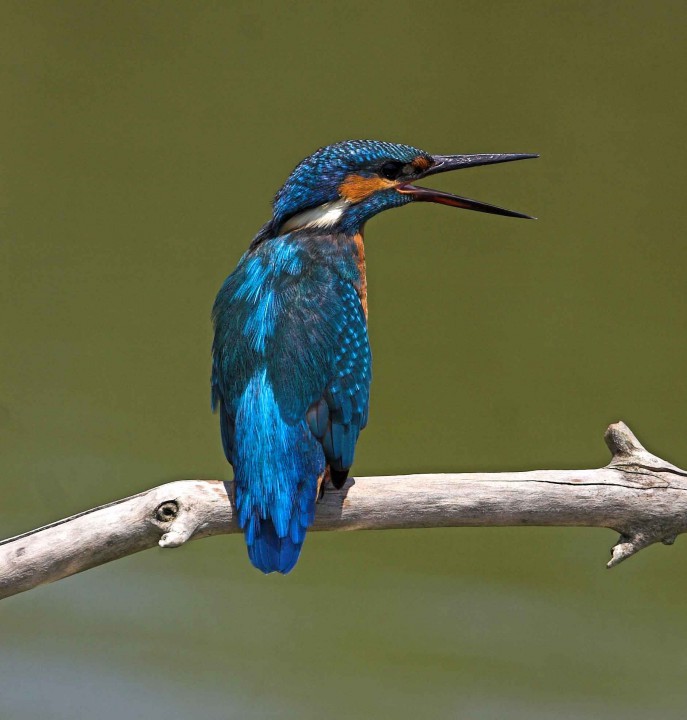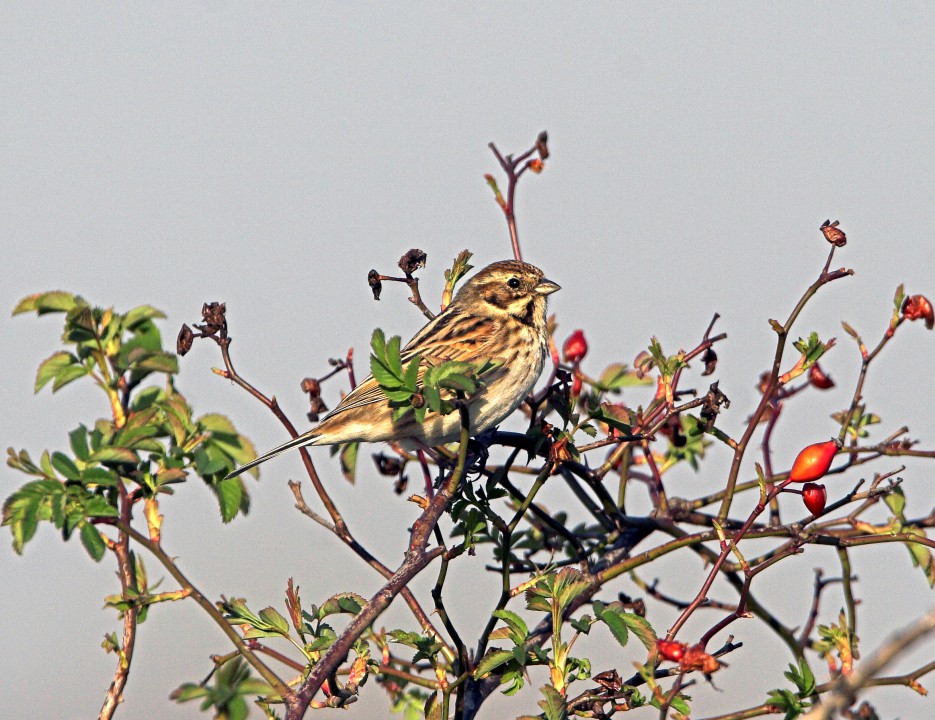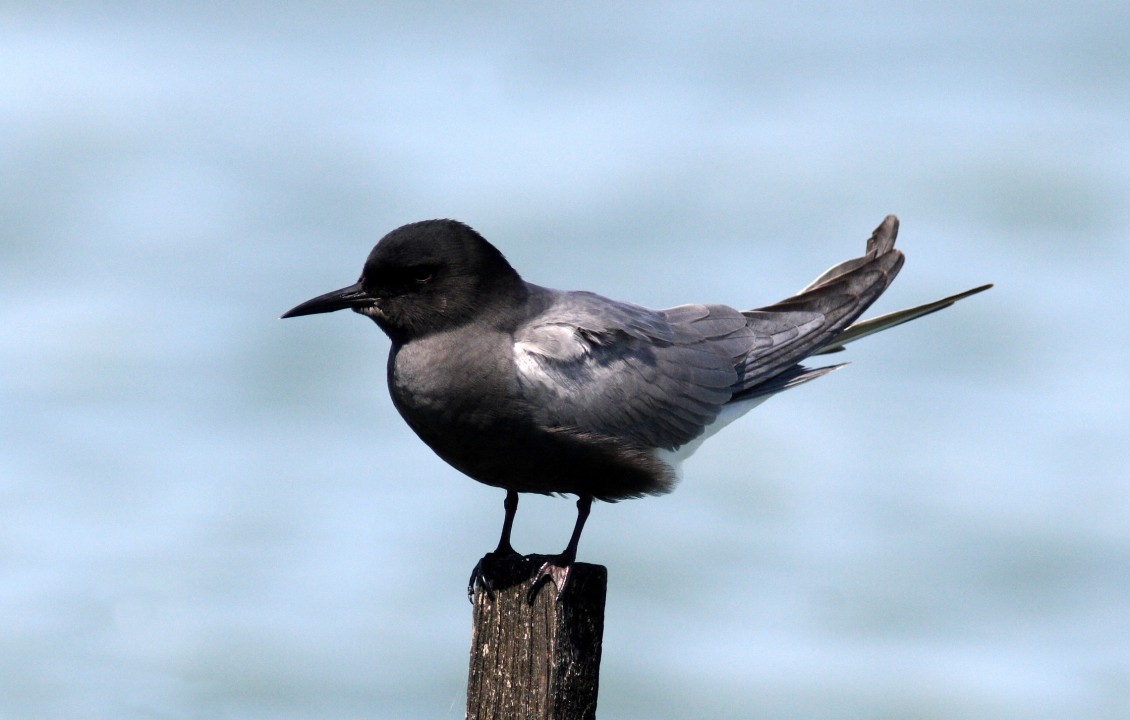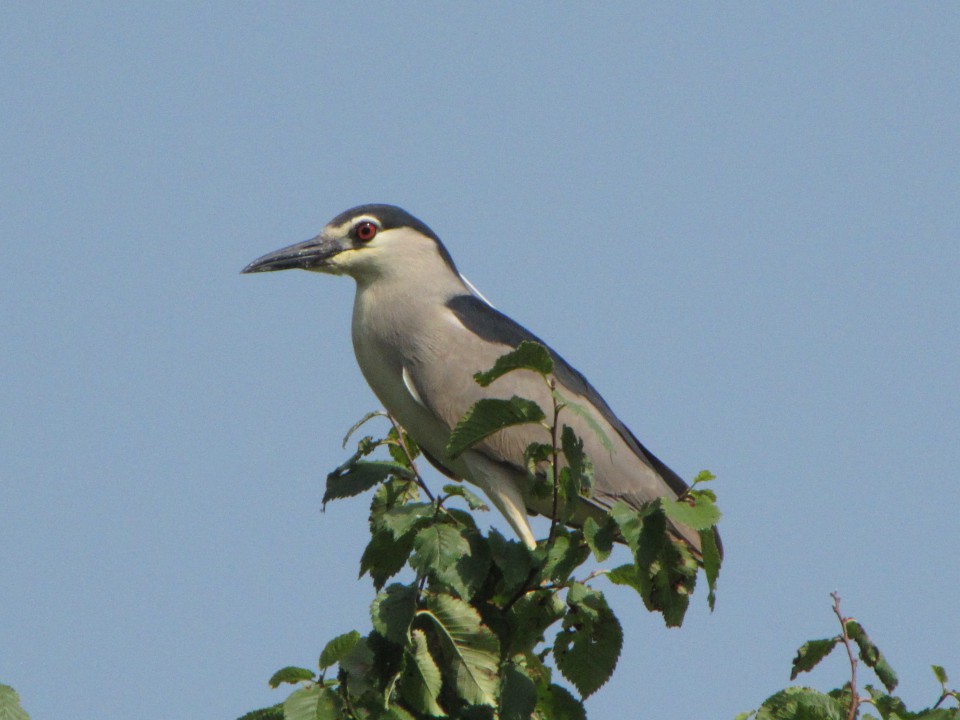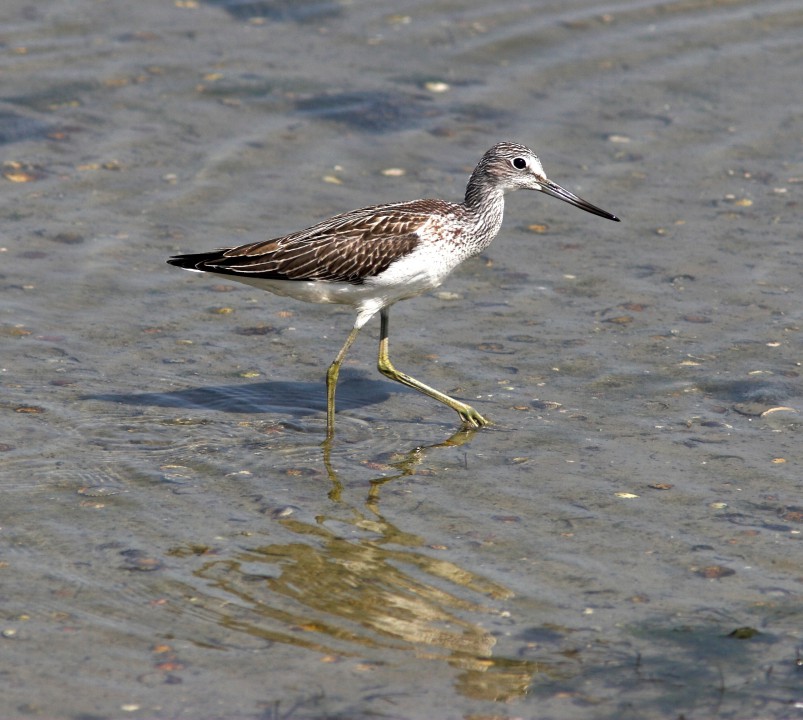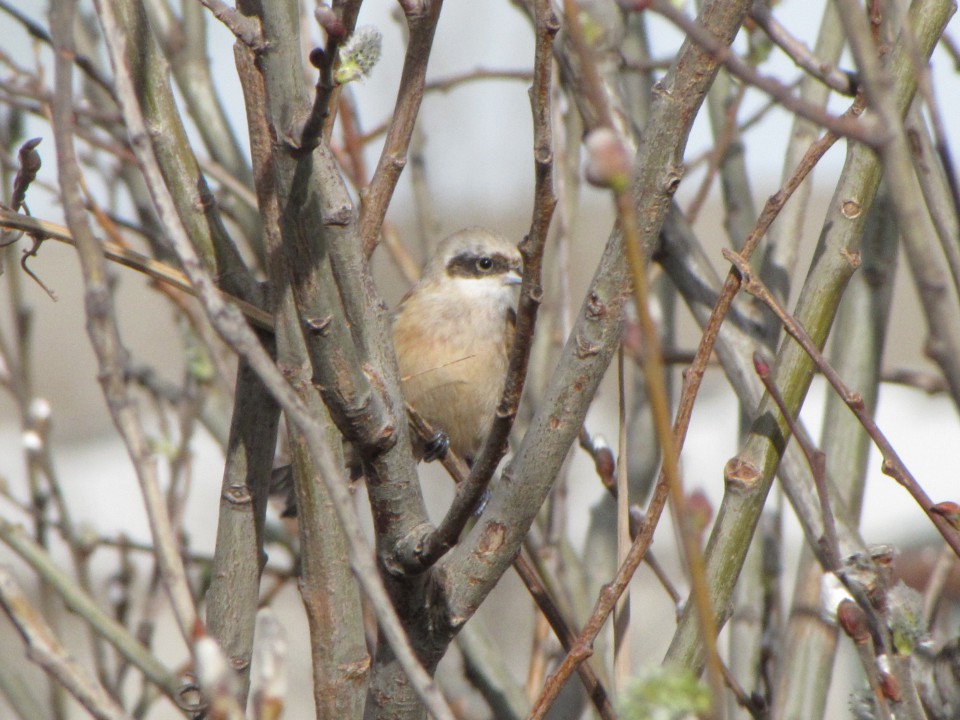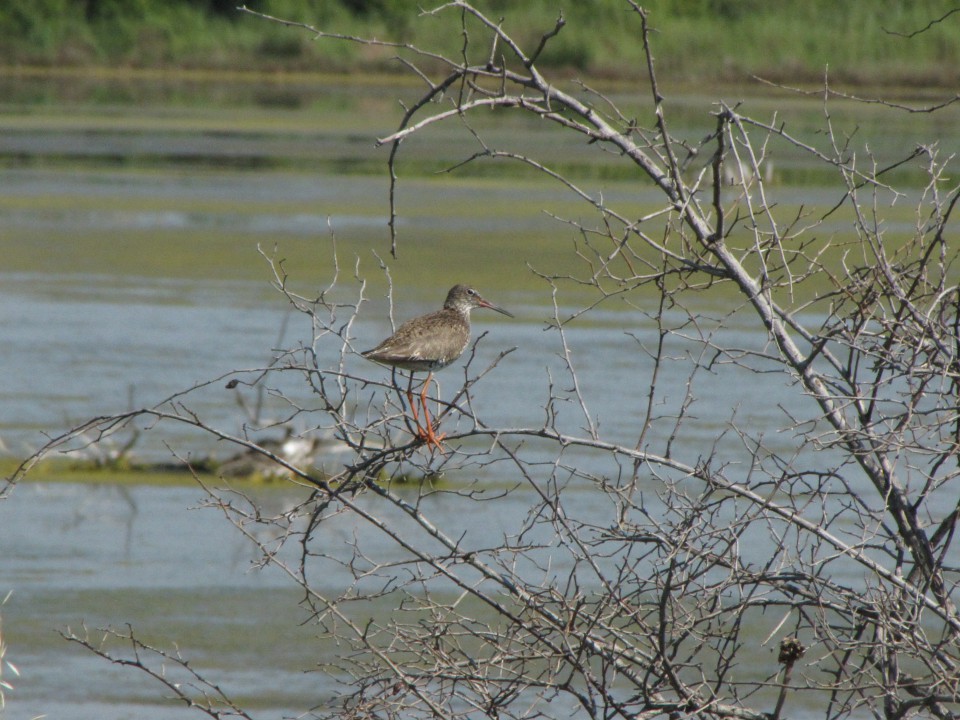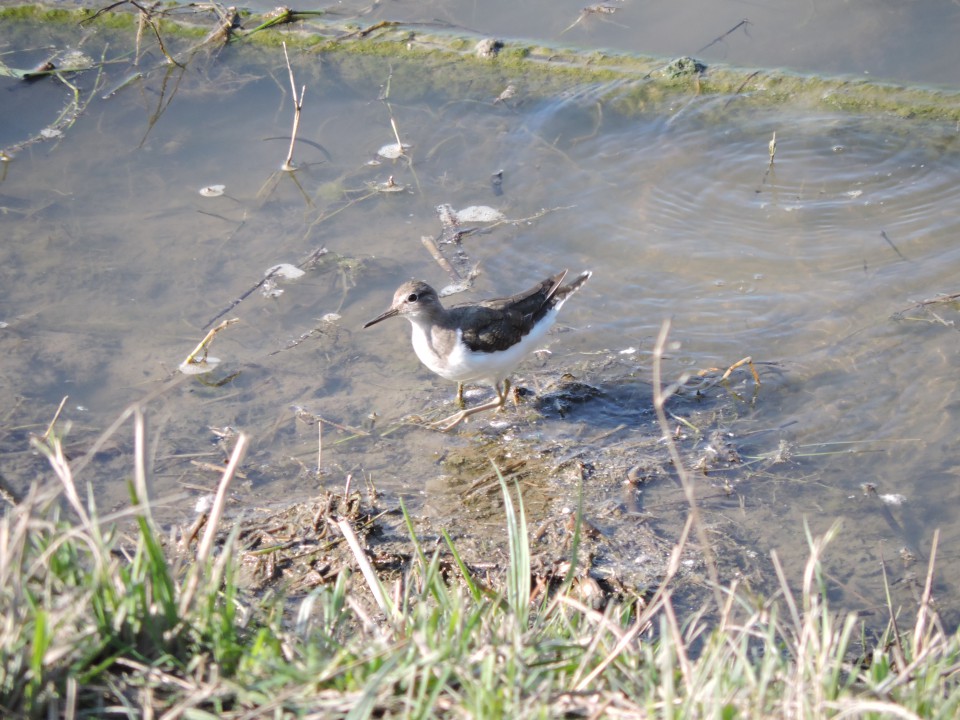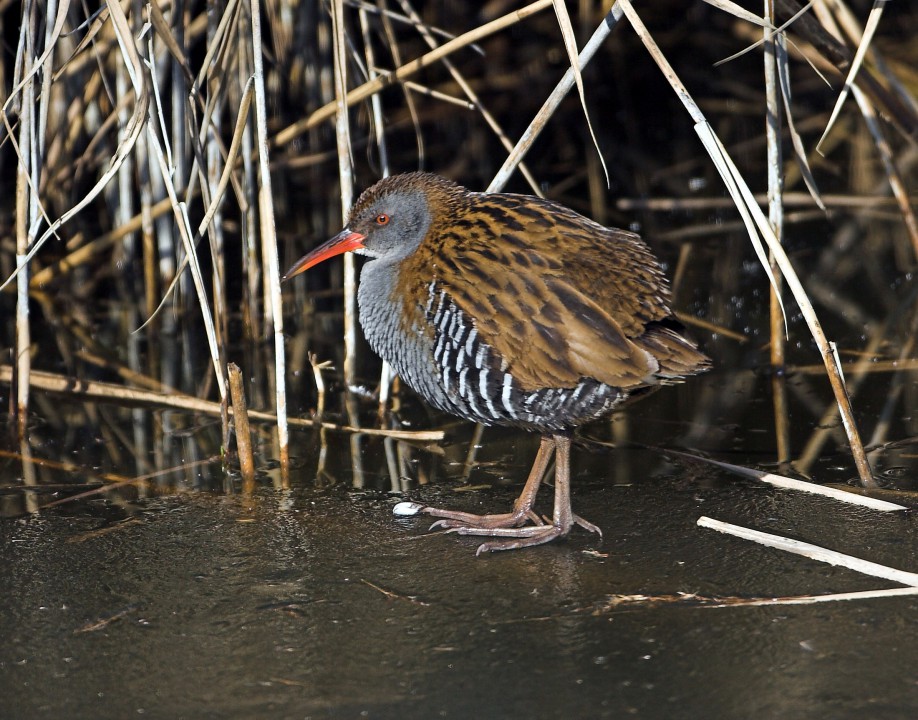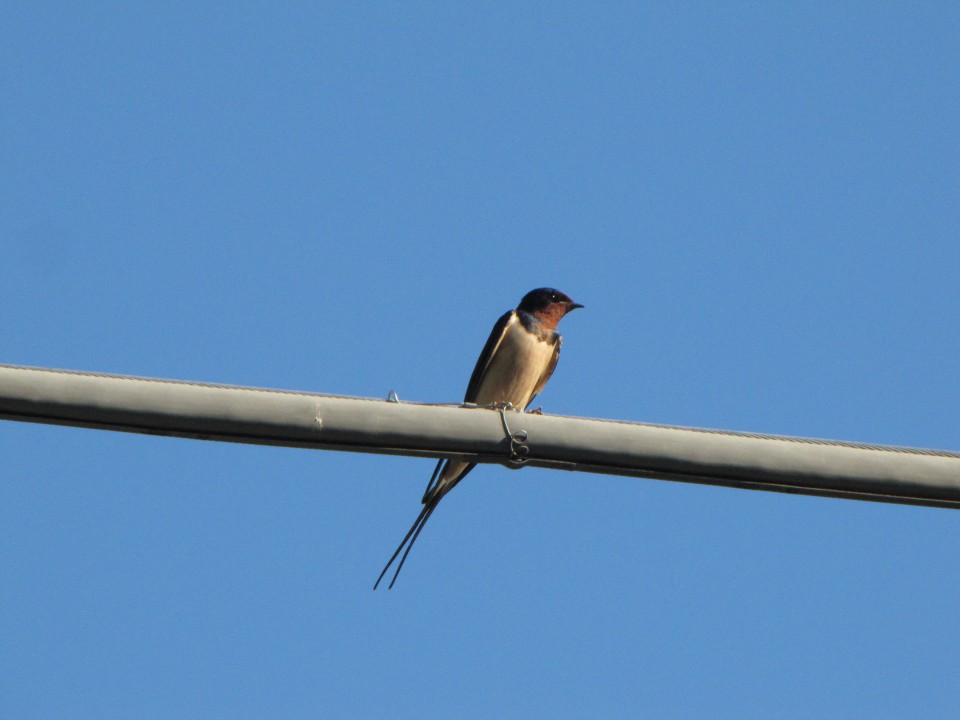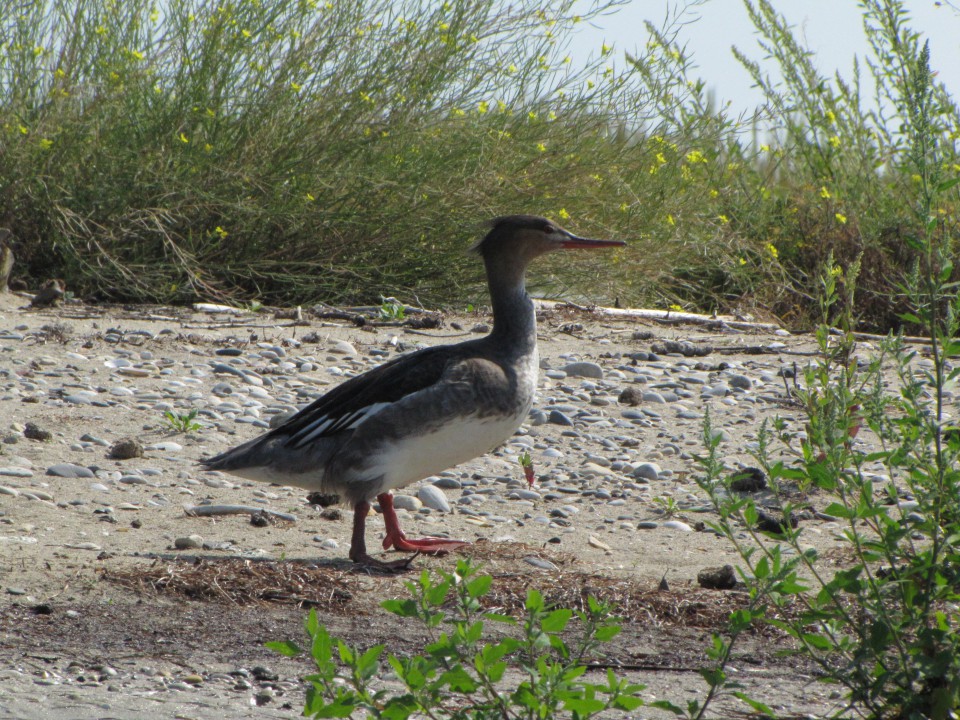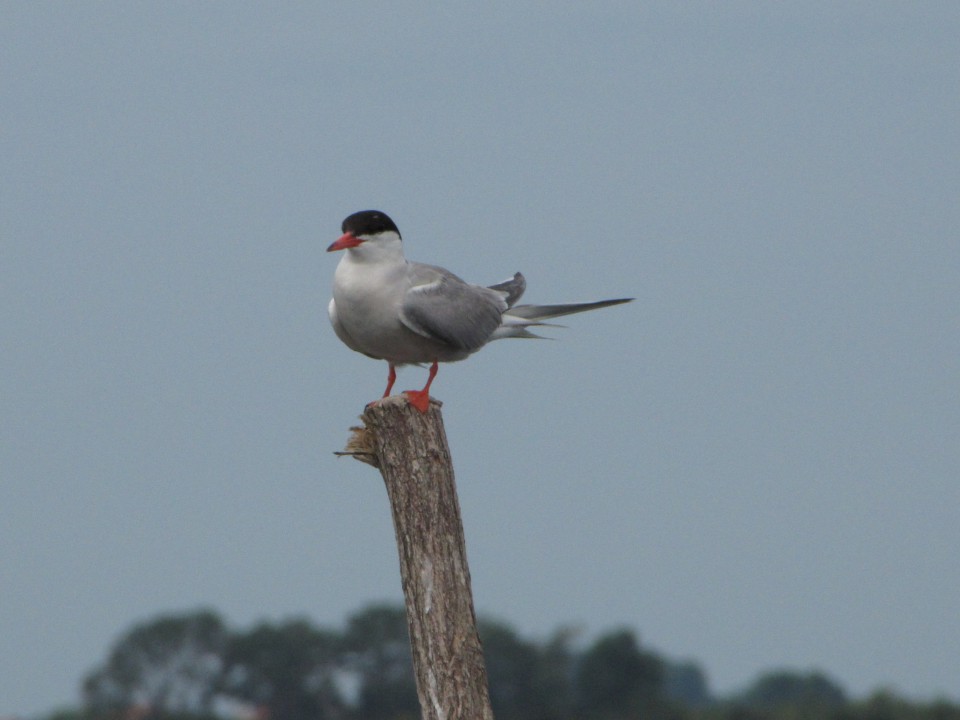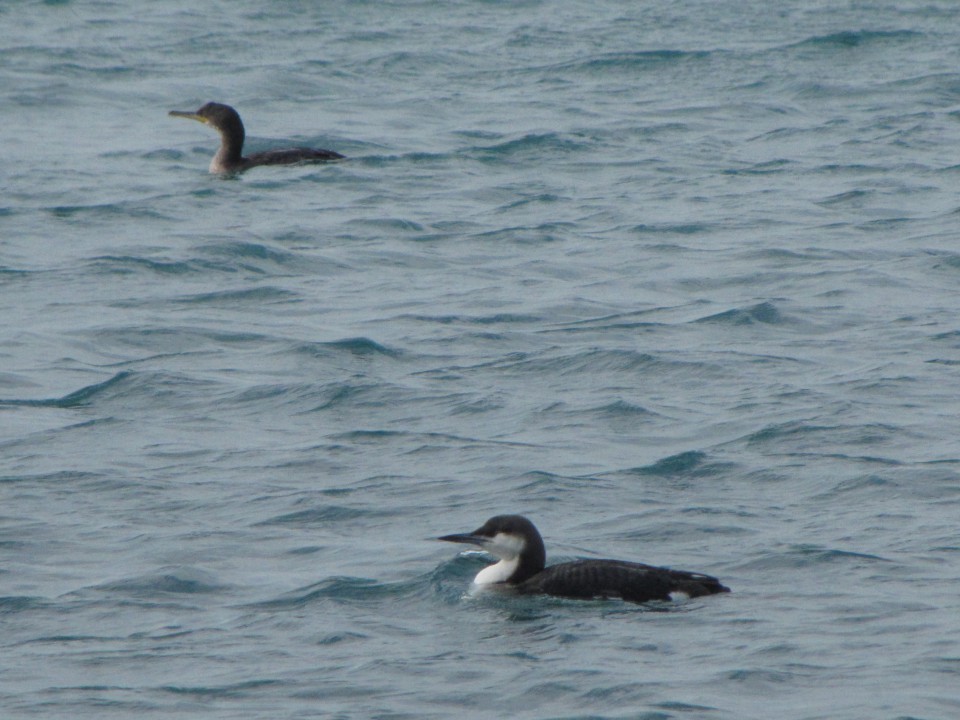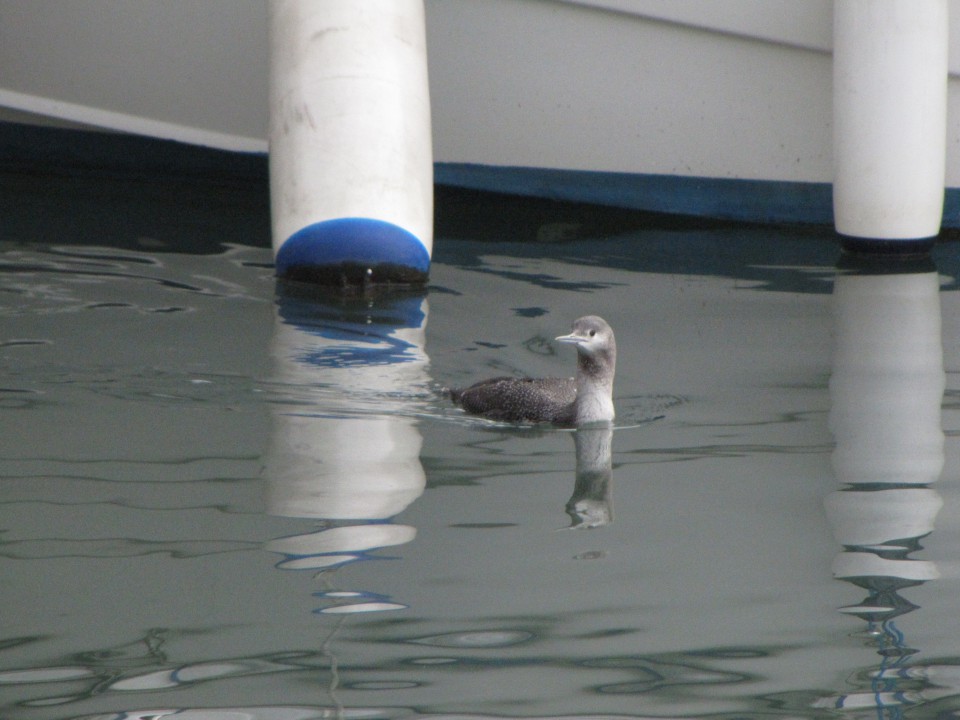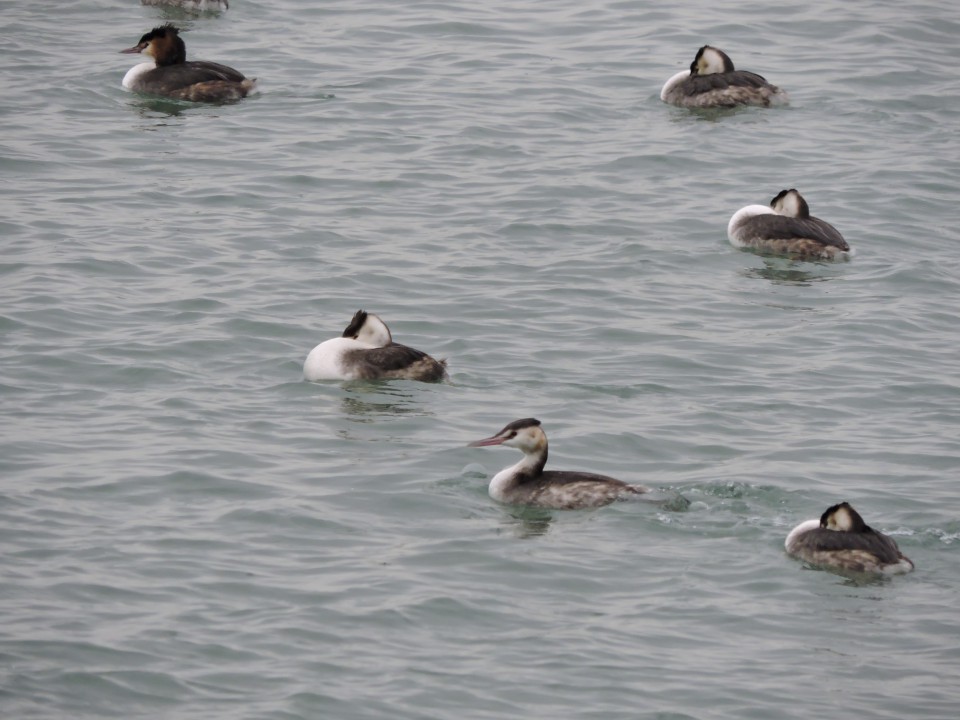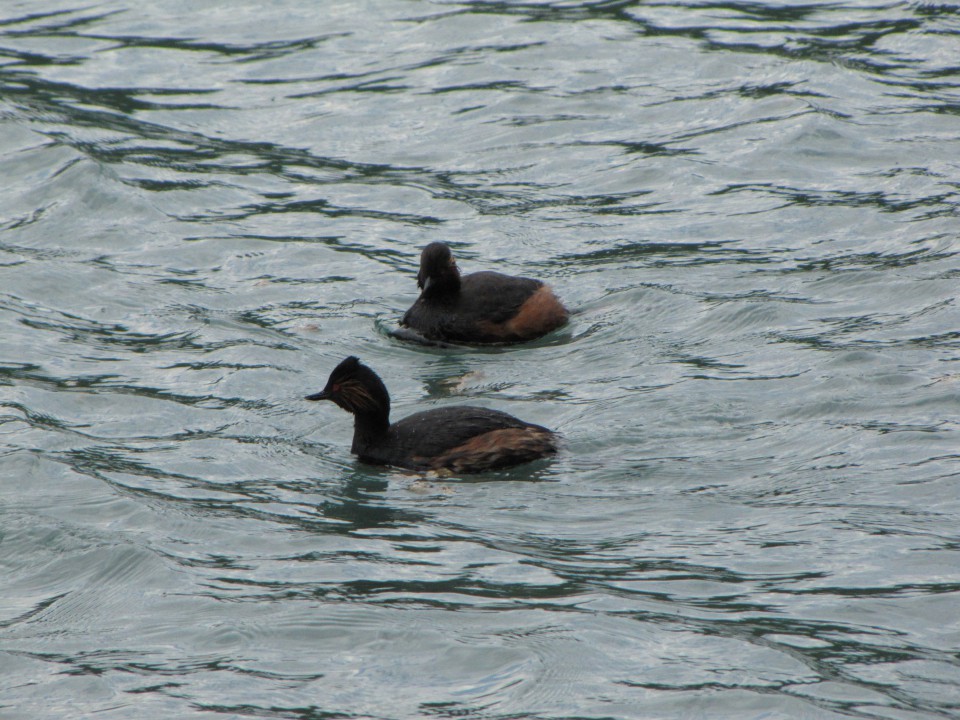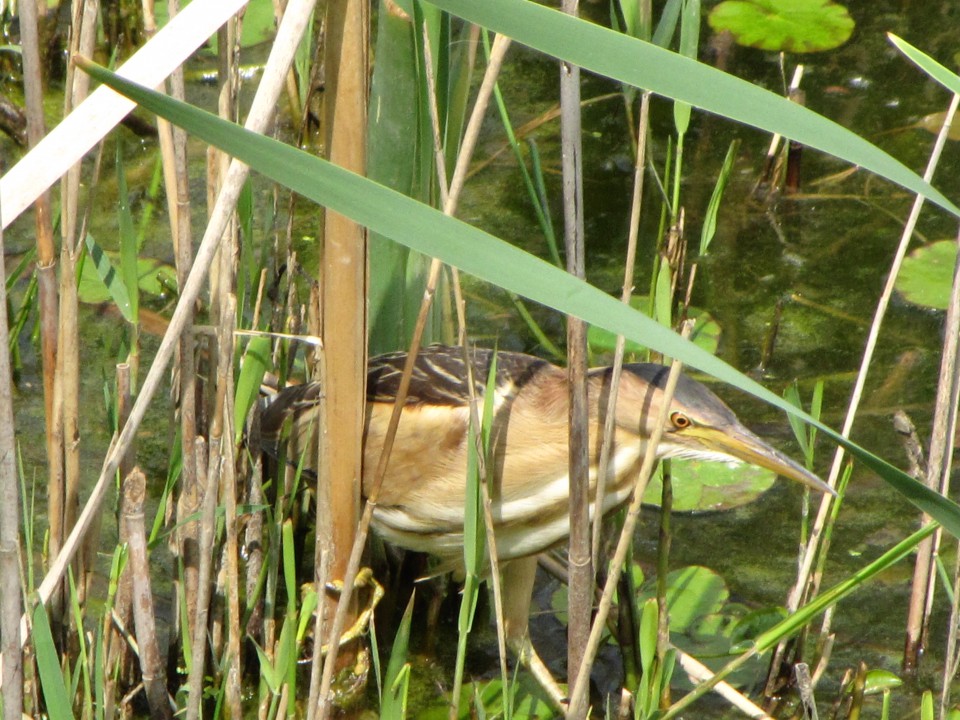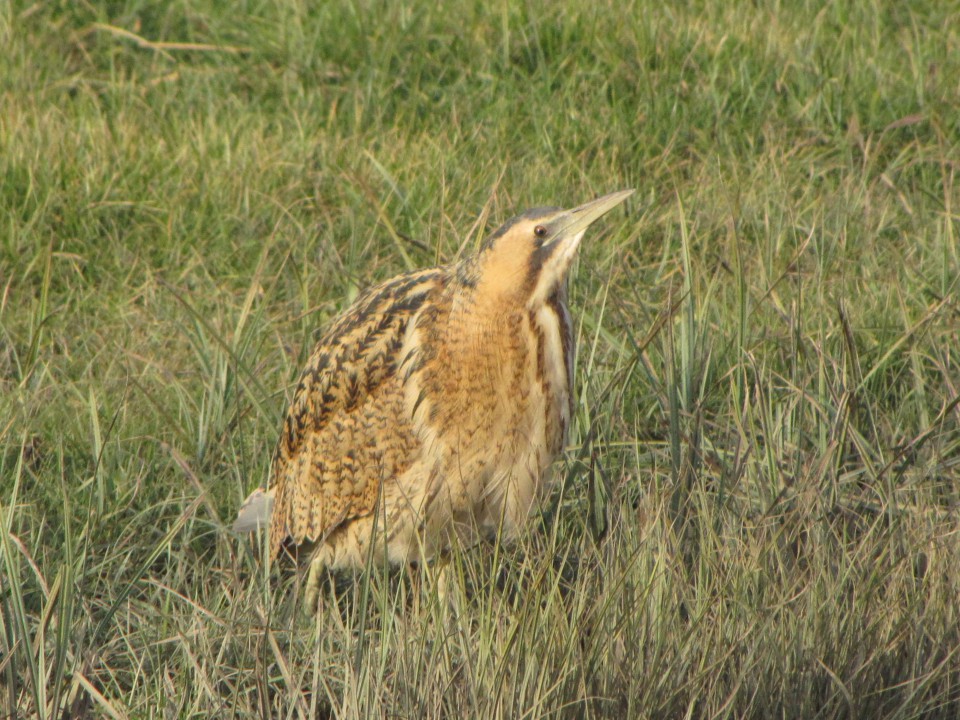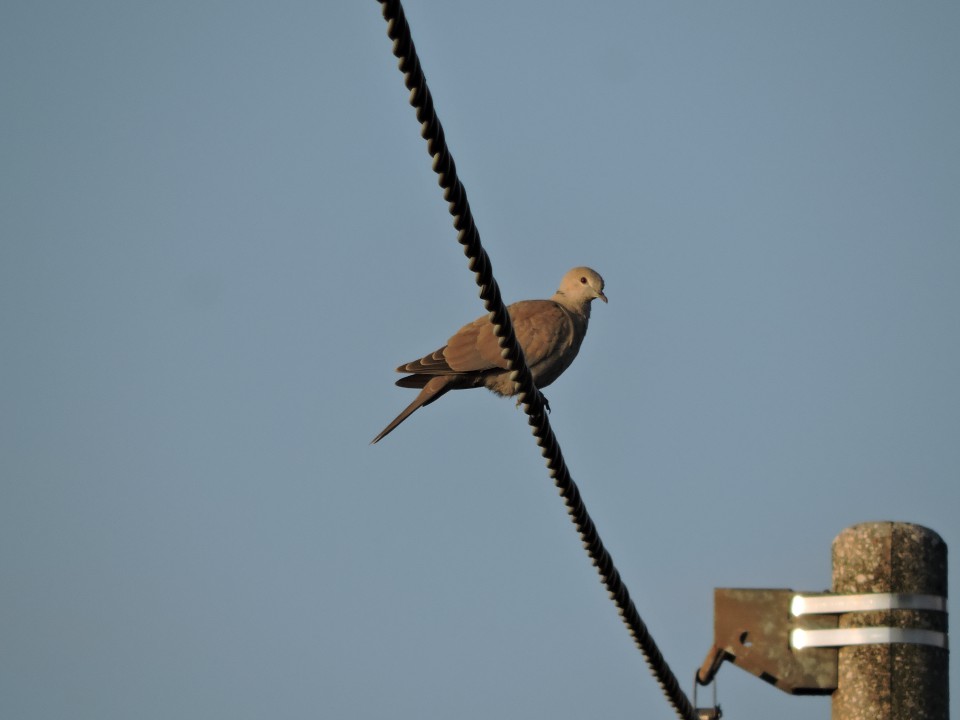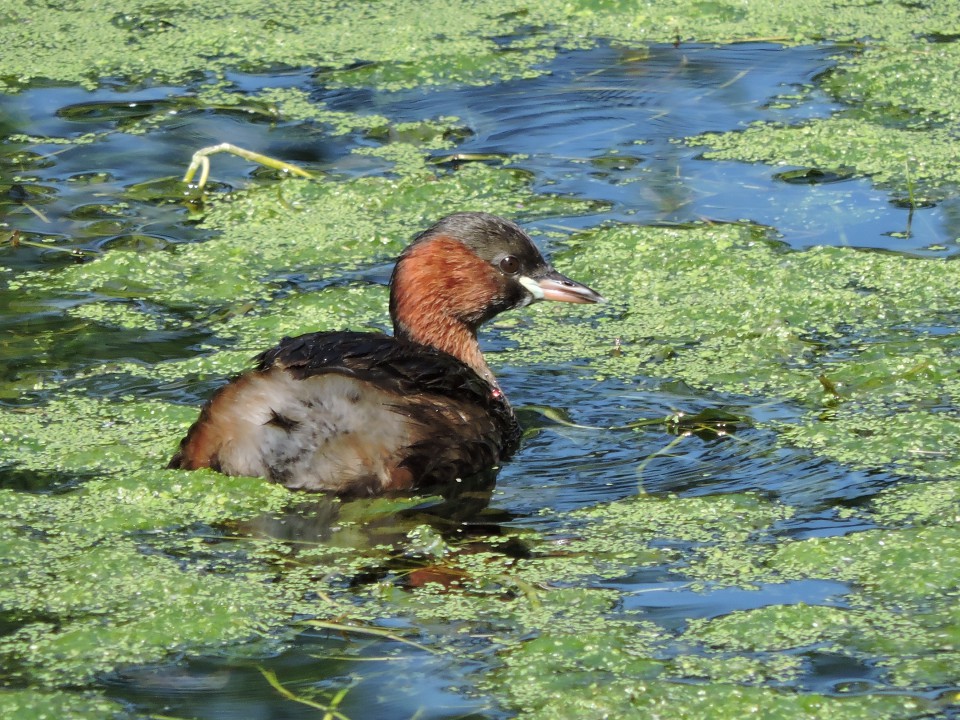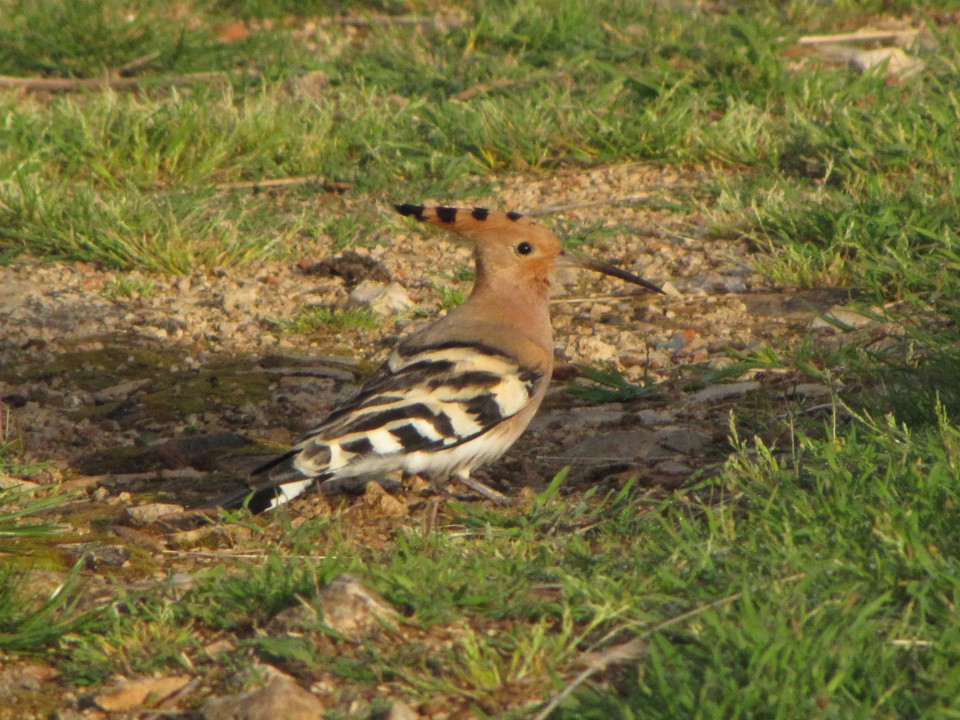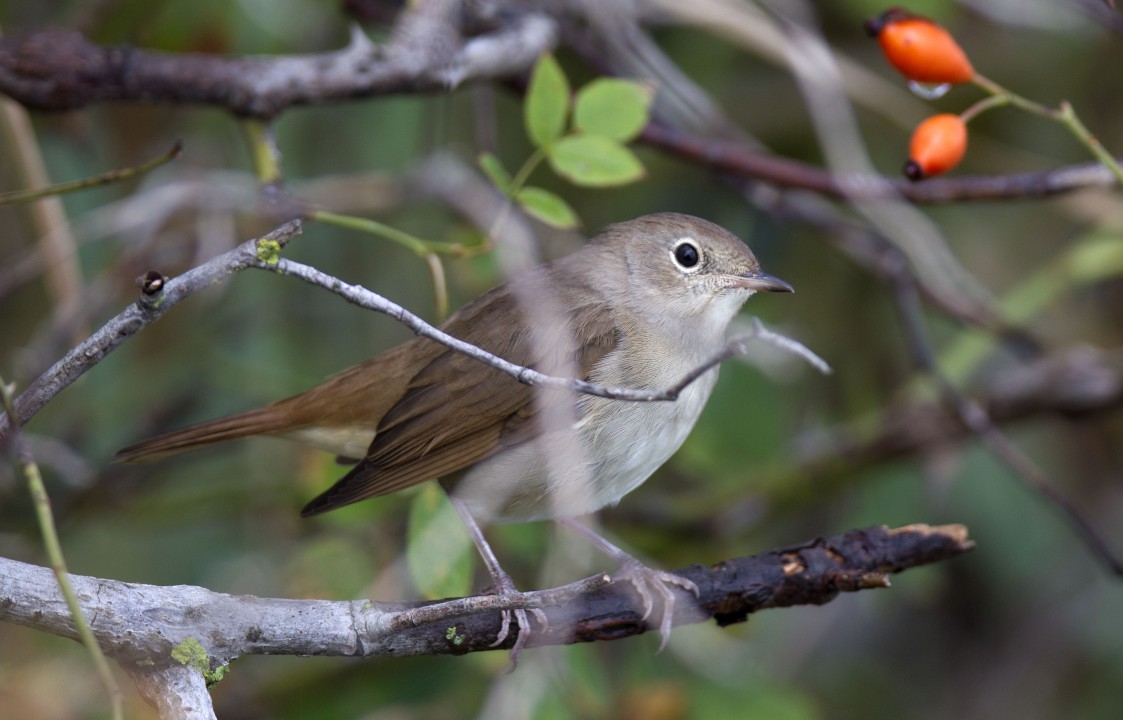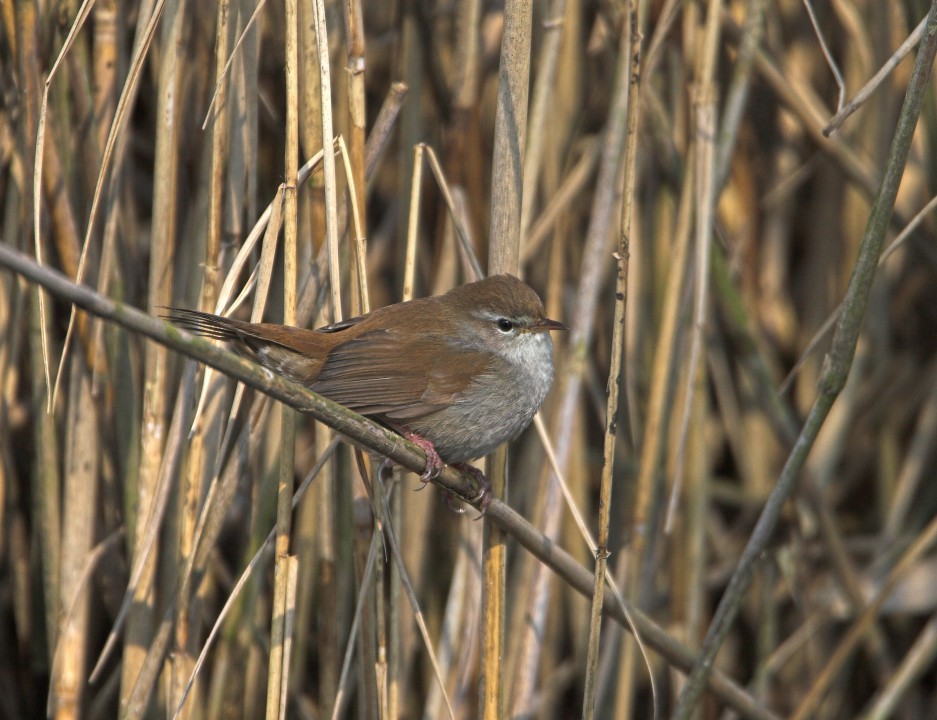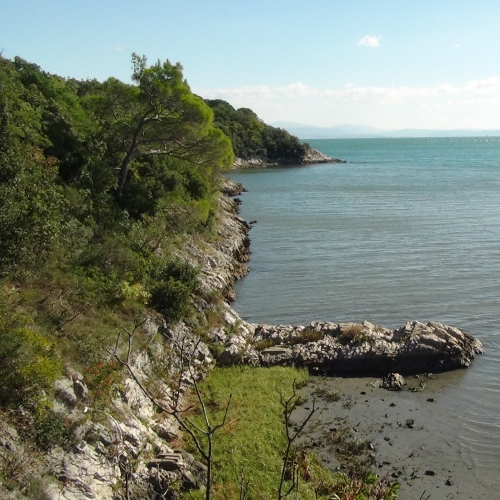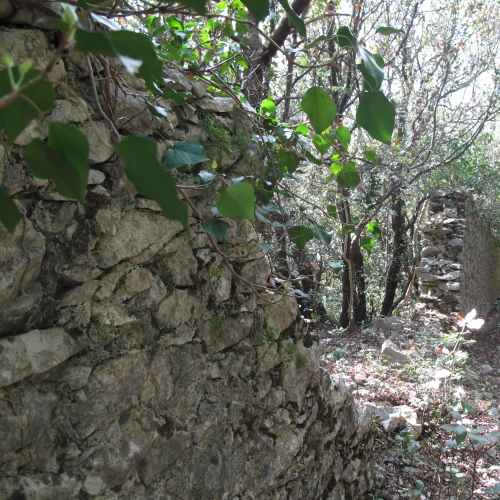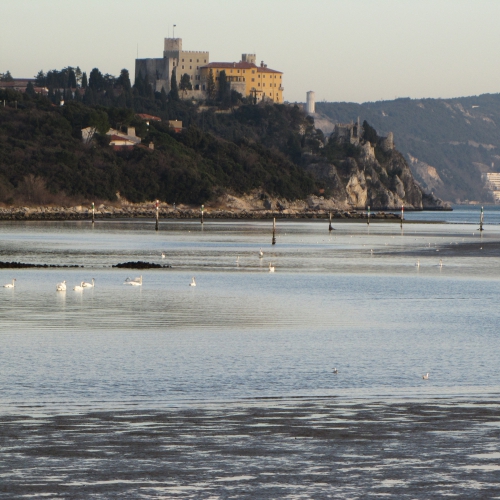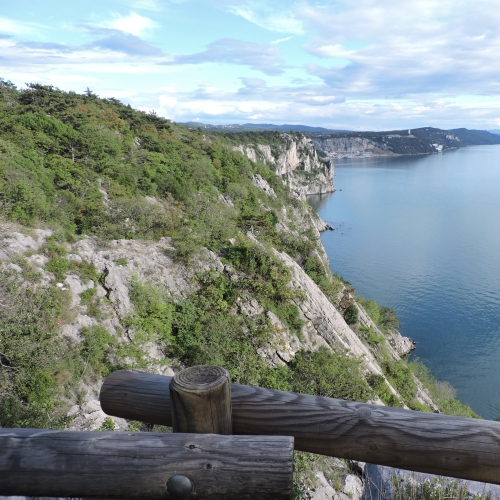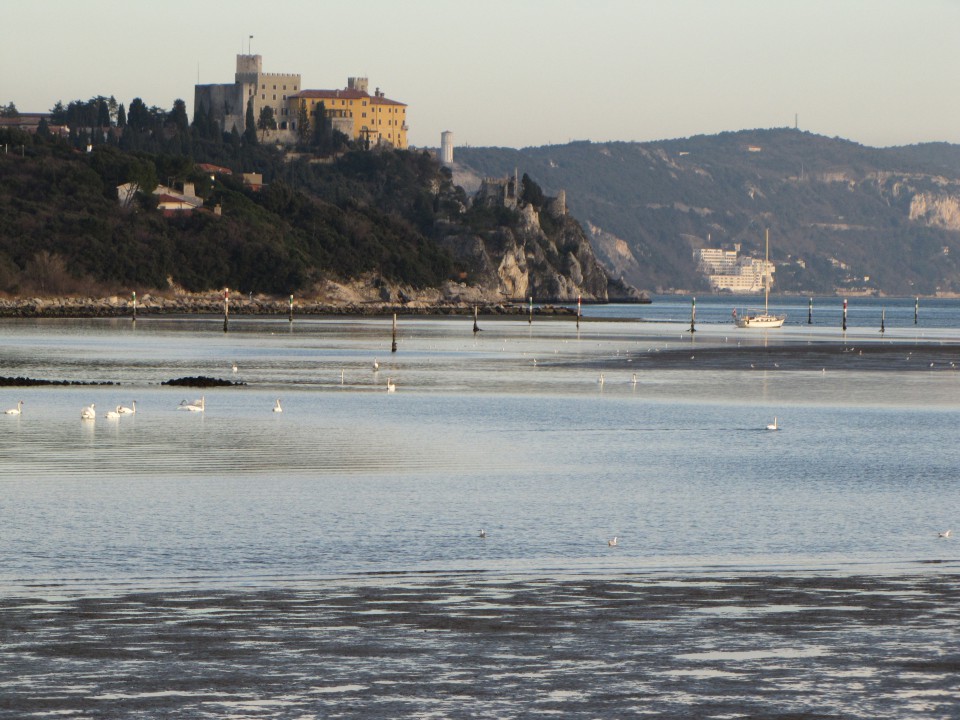
Descrizione
E’ la prima grande piana di marea che segna il passaggio dalla costa alta tipica dell’Adriatico orientale a quella bassa della costa occidentale. Le bricole che segnano il corso del Timavo ormai in mare danno un segno lagunare e “veneziano” al paesaggio ma l’aridità e la pietrosità del monte Ermada ci ricorda che siamo a un passo dal Carso, propaggine occidentale degli altopiani balcanici. Il Timavo segna il confine tra questi due mondi e nonostante le alterazioni antropiche gli aspetti naturalistici sono notevoli con piane di marea, canneti e boschi ripariali.
Luoghi d'interesse
La particolarità di questo fiume sta nel suo corso, che si svolge per un lungo tratto sotto terra. Nasce dal monte Nevoso (Snežnik) dal picco...
Dove oggi sorge la chiesa è probabile si trovasse un tempio dedicato alla Speranza Augusta, di cui si sono trovate quattro lapidi d’offerenti,...
La grotta si trova in una piccola dolina dalle pareti scoscese, 50 m a monte della superstrada, all'altezza del cimitero di Duino e di S.Giovanni al...
Vegetazione
Forma estesi canneti in particolare in corrispondenza delle foci fluviali. Resiste ad una moderata salinità riducendo la taglia. Viene...
Frequente in mare e nelle lagune, come la zoster ella forma estesi popolamenti molto importanti per la fauna ittica e gli uccelli acquatici.
Specie nordamericana ampiamente diffusa nelle zone golenali e lungo i litorali. Si tratta di una specie esotica infestante che modifica fortemente...
Specie alofila non è presente sulle barene ma sulla costa rocciosa e sulle opere portuali quali moli e dighe anche in zona lagunare.
Frequente nei boschi planizali dove predilige le stazioni più umide. Si trova lungo i fiumi e nei pressi delle risorgive. Piuttosto...
Pianta ben diffusa nelle zone umide d’acqua dolce ed il reticolo idrografico minore che ospitano in aprile- maggio le vistose fioriture...
Specie di quercia sempreverde, è il principale costituente della macchia mediterranea e localmente si trova tra il Timavo e Miramare e nei...
Si trova lungo i fiumi, nelle risorgive e accompagna il reticolo idrografico minore su terreni umidi e torbosi. Può formare boschi puri in...
Specie arborea frequente lungo i fiumi e i litorali soprattutto su suoli sabbiosi. Di bel portamento viene usato come alberatura su viali e nei...
Come il pioppo bianco è frequente lungo i fiumi e i litorali ma risulta meno legato ai suoli sabbiosi. Una varietà ibrida viene...
Specie di origine nordamericana diffusa nelle zone coltivate e lungo I fiumi. Utilizzata per paleria e legna da ardere.
Frequente in molti ambienti anche lontano dall’acqua è tra i principali costituenti insieme a pioppi dei boschi ripariali e...
Arbusto o piccolo albero dalla forma globosa normalmente presente lungo i fiumi di risorgiva, nei canneti su terreni torbosi spesso allagati.
Arbusto e piccolo albero, resistente ai suoli salati ed alla siccità come ricordato dal D’Annunzio ne “la pioggia nel...
Frequente nel mare a profondità inferiore ai 5 metri e nelle lagune soprattutto in corrispondenza di apporti di acqua dolce. Colonizza le...
Tradizioni
In antichità di fronte alle foci del Timavo vi era un ampio specchio di mare navigabile, il Lacus Timavi corrispondenre circa alla zona del...
Ambienti
Alla foce dell’Isonzo e nella laguna di Marano si estendono ampie zone di foce fluviali con lembi di bosco ripariale, grandi canneti che...
Non è sempre facile individuare una chiara separazione tra gli ambienti alofili (salmastri) delle lagune e quelli d’acqua dolce alle...
Il Carso è un altipiano allungato in direzione SE– NW, leggermente in discesa verso occidente. La parte orientale presenta infatti...
Le mitilicolture, che da oltre 40 anni fanno parte del paesaggio costiero triestino, con i loro sistemi galleggianti molto vistosi costituiscono...
Una delle più estese e vitali praterie sommerse del Golfo è quella antistante le foci dell’Isonzo. Si tratta di piante con...
Uccelli
cm 84-102, sessi simili. Presente tutto l’anno nidifica in colonia in boschetti lagunari e altre zone boscate dell’entroterra. La nidificazione...
cm 45-55, spiccato dimorfismo, il maschio è grigio con le punte delle ali nere, la femmina è bruna, entrambi hanno il groppone bianco. Presente...
cm 19-21, sessi simili. Esiste una forma grigia ed una rossastra. E’un piccolo gufo con ciuffi auricolari ed un canto caratteristico ed ...
cm 23-28, sessi simili. Molto mimetico con un piumaggio bruno striato, ha un lungo becco diritto ed un volo caratteristico a zig-zag. Presente da...
cm 37-43, sessi simili, grigio chiaro superiormente, bianco nelle parti inferiori, con calottina nera con ciuffo sulla nuca e becco nero con apice...
cm 12.5-14, piumaggio bruno chiaro con ventre chiaro. Presente da aprile a settembre nei canneti dove nidifica. E’ la specie più frequente tra i...
cm 16-20, essi simili. Bruno chiaro con parti inferiori biancastre. Presente da aprile a settembre nei canneti dove nidifica. Il forte canto di...
cm 48-57, sessi simili. Brunastro con lungo becco ricurvo. Presente tutto l’anno ma non nidifica. Forma aggregazioni durante l’alta marea su...
cm 37-45, sessi simili. Brunastro con becco ricurvo, più corto del chiurlo maggiore, presenta caratteristiche strie scure sulla testa. Presente...
cm 140-160, colore bianco, grigio nei giovani, tubercolo alla base del becco, più evidente nel maschio. Presente tutto l’anno, numeroso presso...
cm 51-62, anatra elegante con collo lungo e, nel maschio lunghe timoniere centrali. Specie svernante, frequenta le piane di marea, i ripristini...
cm 38-43 sessi simili, grigio con fasce alari bianche. Presente tutto l’anno nidifica comunemente nei boschetti delle isole lagunari e delle zone...
cm 77-94, sessi simili. Come pellicani e sule ha le 4 dita congiunte dalla membrana natatoria. Specie presente tutto l’anno, aumenta notevolmente...
cm 15-16, maschio con capo grigio e gola bianca nella sottospecie cinerocapilla , ventre giallo, coda lunga con timoniere esterne bianche. Durante le...
cm 60-70, il maschio ha un piumaggio bianco e scuro. Una popolazione stanziale è presente tra la foce dell’Isonzo e quella del Timavo. Alcune...
cm 43-55, spiccato dimorfismo, il maschio è più colorato mentre la femmina è tutta scura con testa e spalle giallo paglierino. Presente tutto...
cm 42-50, il maschio presenta una caratteristica macchia bianca sulle copritrici dell’ala. Specie svernante molto numerosa da settembre a marzo,...
cm 36-42, sessi simili. Nera fumo con becco e placca frontale bianca. Corre sull’acqua per prendere il volo. Presente tutto l’anno, nidifica con...
cm 35-39, sessi simili. A febbraio veste il cappuccio bruno scuro dell’abito nuziale che poi perde in luglio-agosto. Presente tutto l’anno...
cm 37-40, sessi simili. Rispetto al gabbiano comune ha il becco più massiccio e rosso corallo, la testa nera-durante la nidificazione- e le punte...
cm 52-58, sessi simili. Grigio superiormente, bianco inferiormente. Presente tutto l’anno e nidificante abbondante in laguna, sui tetti di Trieste...
cm 27-31, sessi simili. Scura con coda in parte bianca e becco rosso e giallo. Presente tutto l’anno, nidifica nelle zone umide d’acqua dolce e...
cm 55-65, sessi simili. Piumaggio bianco con lunghe penne, dette egrette. su nuca e dorso durante il periodi riproduttivo. Presente tutto l’anno...
cm 40-46, essi simili. Ricorda un gabbiano reale di minori dimensioni. Presente da novembre ad aprile, numerosa in alcuni inverni, Frequenta il mare,...
cm 50-60. spiccato dimorfismo, è il progenitore dell’anatra domestica. Presente tutto l’anno, molto adattabile, frequenta sia le zone umide che...
cm 37-44, sessi simili. Sue forme una scura quasi totalmente bruno scura ed una chiara con calottina scura e parti inferiori biancastre, ali lunghe....
cm 68-78, sessi simili. Il breve ciuffo è presente negli adulti in inverno e inizio primavera. Presente tutto l’anno diviene raro in inverno e...
cm 17-19, sessi simili. Azzurro superiormente, rosso inferiormente con grande becco scuro e coda molto corta che in volo lo fanno sembrare un...
cm 13-5-15.5 - il maschio in abito nuziale ha la testa nera. In abito invernale i sessi sono simili, con piumaggio brunastro, con coda relativamente...
cm 22-26, sessi simili. Grigio scuro sulle ali Nerastro sul corpo, con ali appuntite. Presente da aprile a settembre, non nidifica. Frequenta le zone...
cm 58-65, sessi simili, adulti neri e grigi, giovani bruni. Presente dalla primavera all’autunno. Rara d’inverno. Nidifica in colonia associata...
cm 30-34, sessi simili. Grigia superiormente, biancastra inferiormente, becco relativamente grosso leggermente rivolto all’insù. Presente tutto...
cm 10-11.5, sessi simili. Testa grigia con stria nera sull’occhio. “teoricamente” presente tutto l’anno in canneti e boschi ripariali, ormai...
cm 24-27, sessi simili. Grigio-bruna superiormente, più chiara inferiormente con evidente barra bianca sull’ala, più scura in abito nuziale;...
cm 18-20,5 bruno chiaro superiormente. bianco sulle parti inferiori. Le ali hanno una sottile barra chiara e vengono spesso bloccate brevemente nel...
cm 48-56, sessi simili, piumaggio molto variabile, in genere bruna con chiazze chiare. Presente tutto l’anno, più numerosa anche in laguna durante...
cm 23-26, sessi simili. Grigio inferiormente, bruno striato superiormente, becco lungo e ricurvo. Presente tutto l’anno, più numeroso d’inverno,...
cm 17-21, sessi simili. Nera superiormente, gola rossa e ventre biancastra. Presente da marzo-aprile e settembre-ottobre, Nidifica sotto manufatti...
cm 52-58, maschio con testa verde scuro e collarino bianco, femmina con testa rossastra. Presente durante lo svernamento è frequente durante la...
cm 34-37, sessi simili. Grigia chiara superiormente bianca nelle parti inferiori, con calottina nera e becco rosso. È la classica rondine di mare...
cm 63-75, sessi simili. D’inverno il piumaggio è grigio scuro superiormente, biancastro inferiormente Il becco è più massiccio e tenuto...
cm 55-67, sessi simili. Durante l’inverno ha un piumaggio grigio, biancastro inferiormente. Presente d’inverno in mare e nelle zone più profonde...
cm 46-51, sessi simili Grigio superiormente, biancastro inferiormente, nell’abito nuziale mostra evidenti ciuffi sul capo e guance. Presente tutto...
cm 28-34, sessi simili. Grigio e biancastro d’inverno, veste il collo nero ed un ciuffo giallo dietro l’occhio rosso a marzo. Presente da agosto...
cm 22-28, il maschio è giallastro e nero sul capo, sul dorso e sulle ali, la femmina è simile ma con brunastro al posto del nero. E’il più...
cm 69-81, sessi simili. Piumaggio mimetico. Presente durante lo svernamento e le migrazioni. Ha nidificato saltuariamente. Frequenta le zone umide...
cm 29-33, sessi simili. Piumaggio beige chiaro con collarino nero. Presente tutto l’anno, spesso associata agli insediamenti umani in città,...
cm 23-29, sessi simili, bruno d’inverno, nero con guance sossastre in abito riproduttivo. Presente tutto l’anno, nidifica nelle zone umide...
cm 25-29, sessi simili, piumaggio arancio barrato di nero, cresta erettile sul capo, volo sfarfallante. Presente da aprile a settembre ed è...
cm 15-16.5, sessi simili. Bruno rossastro superiormente più chiaro nelle pari inferiori. Presente da aprile a settembre. Nidifica in boschetti...
cm 13.14, sessi simili. Piumaggio bruno rossastro, Canto forte e scoppiettante che risuona spesso al nostro arrivo nel territorio di un maschio....

